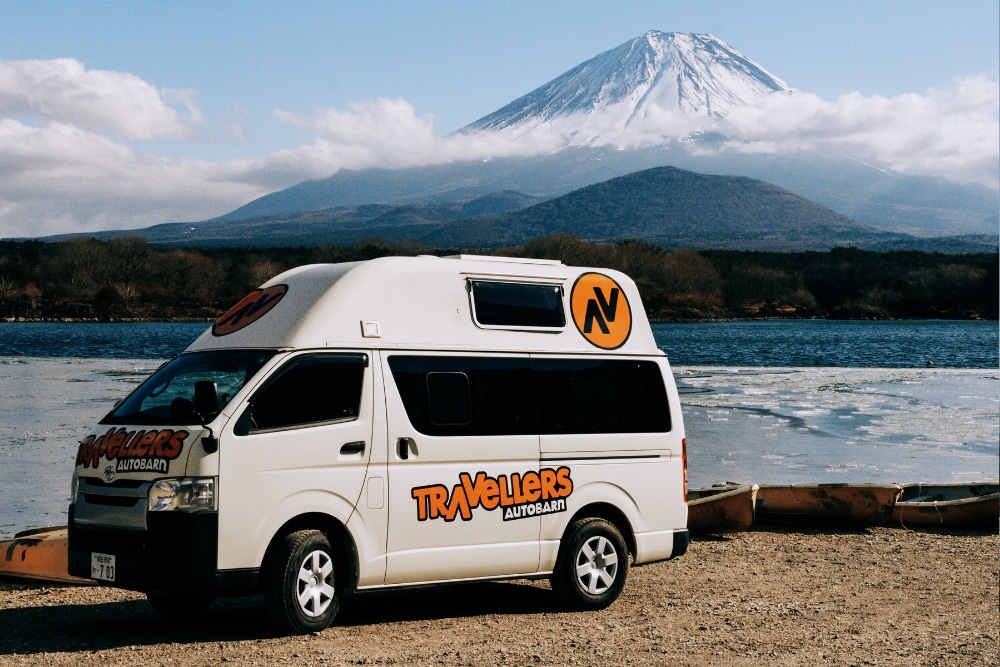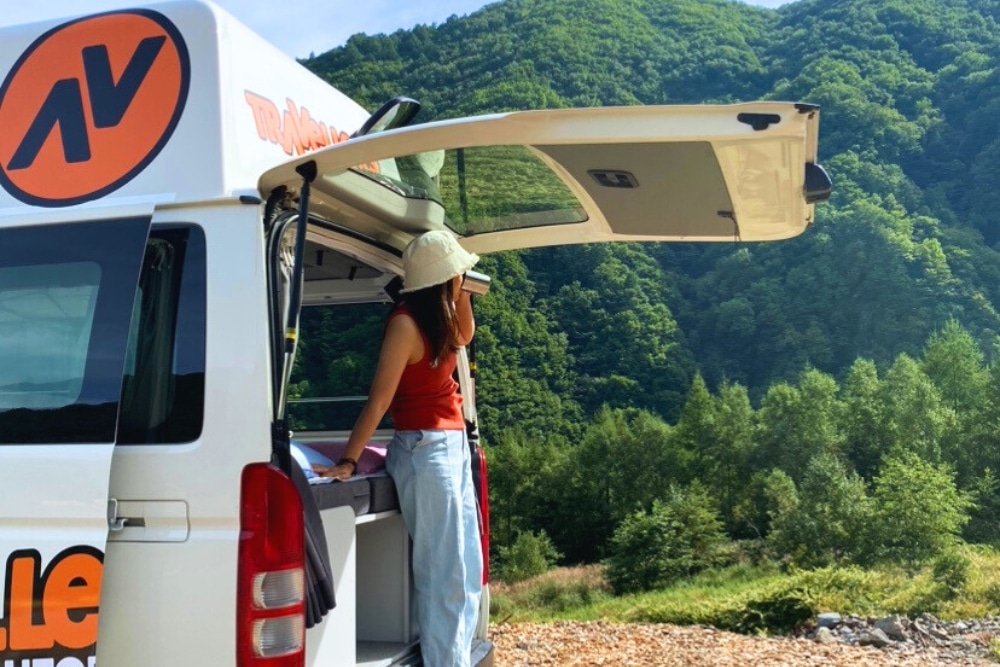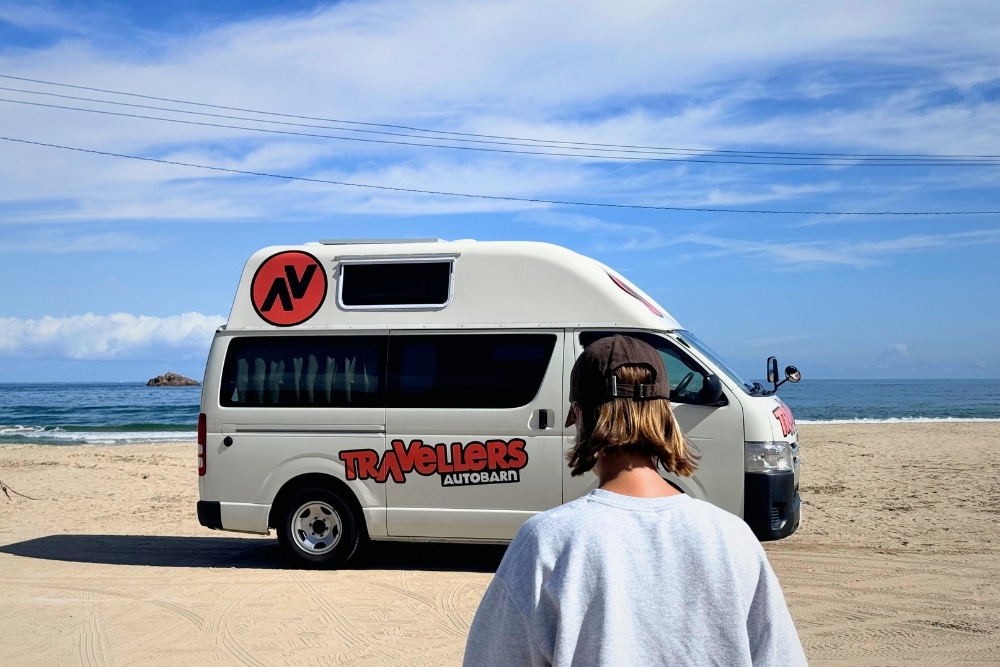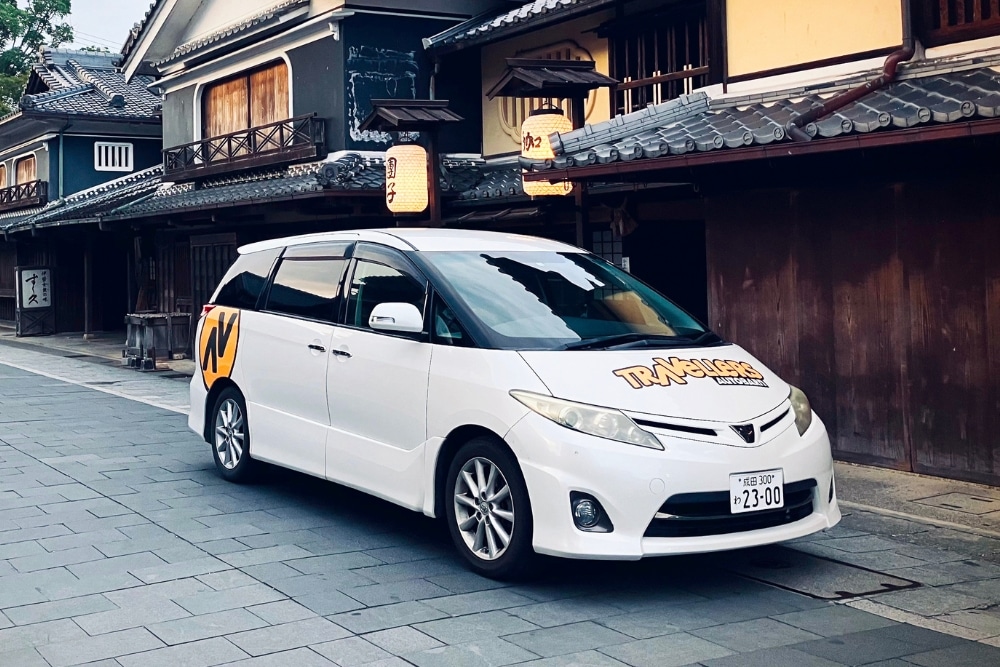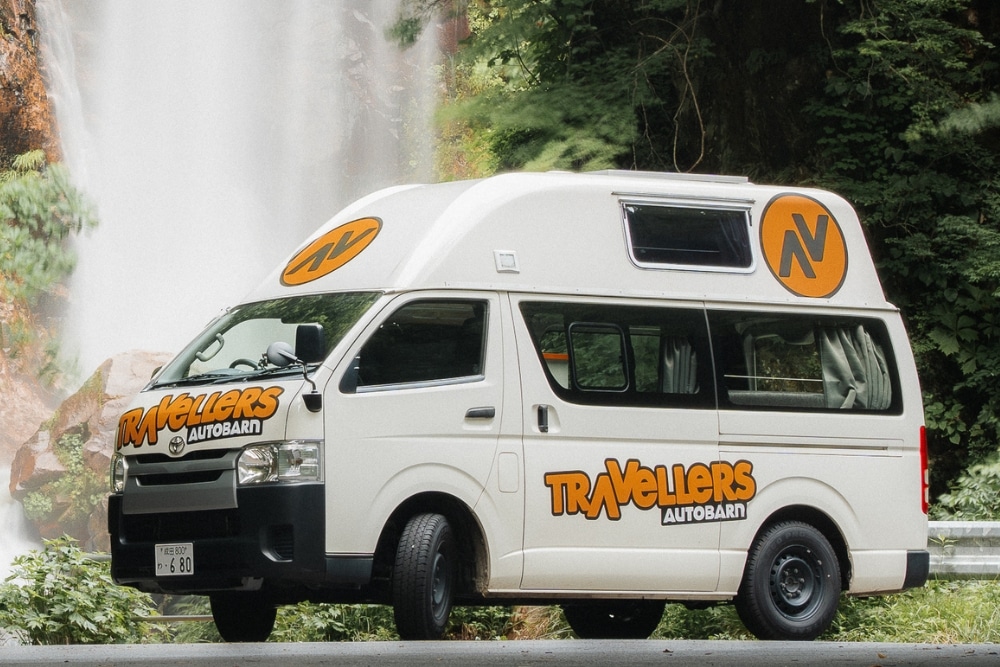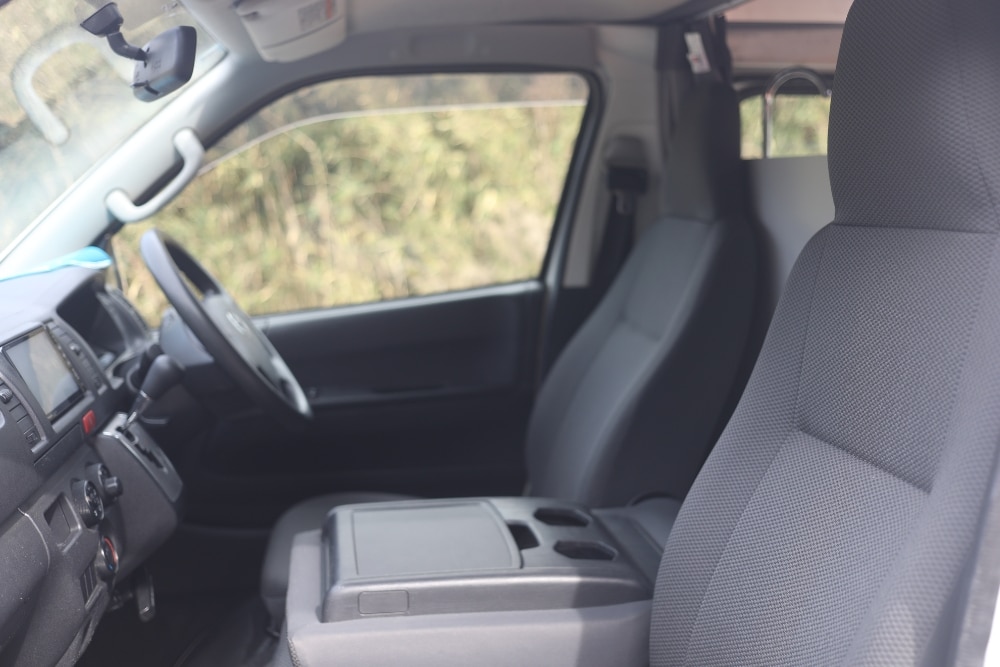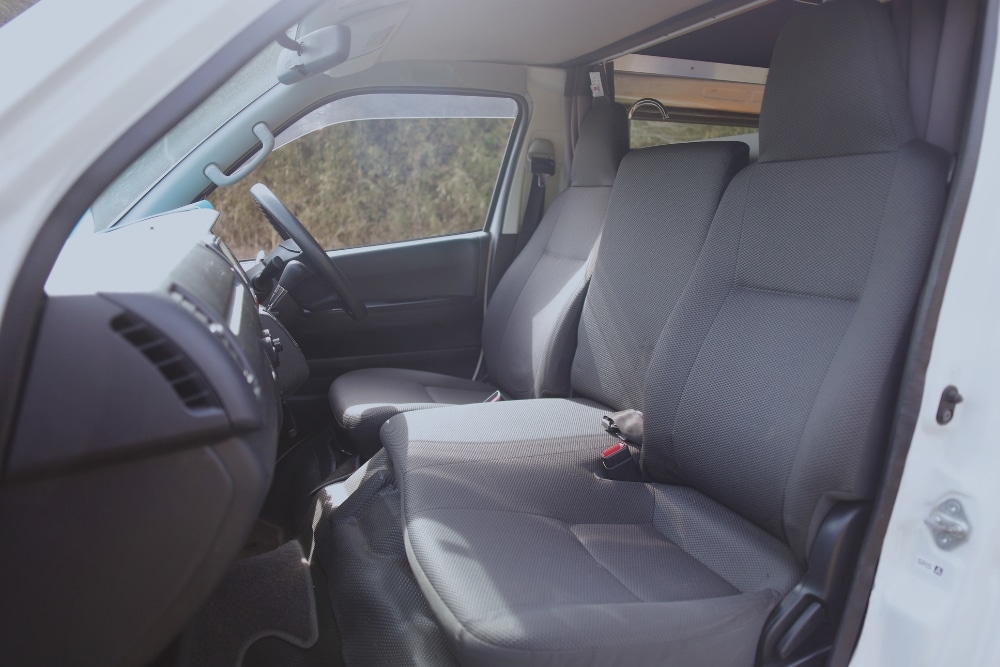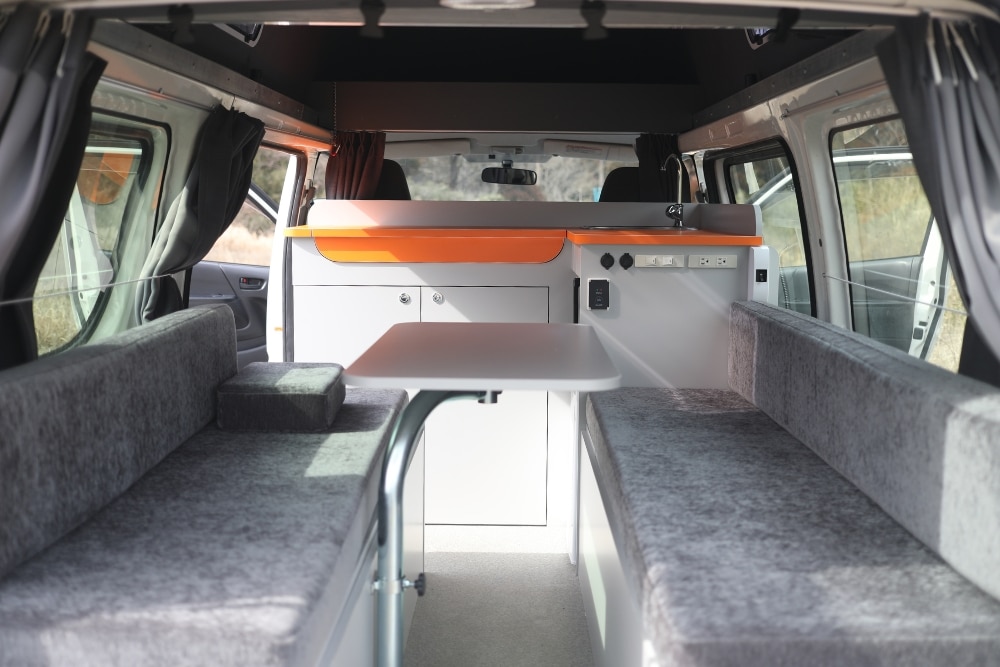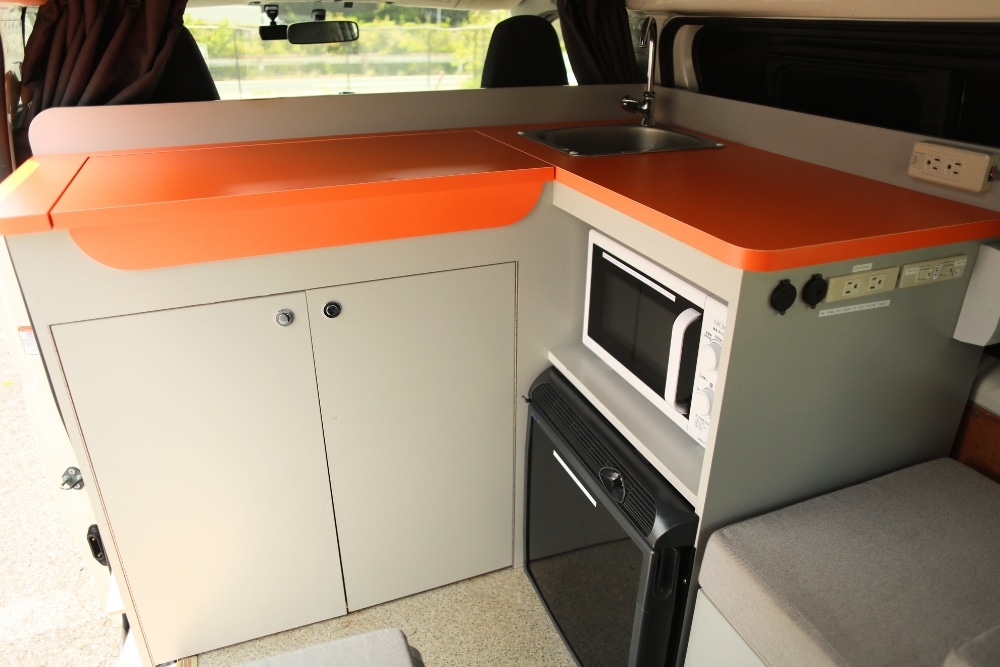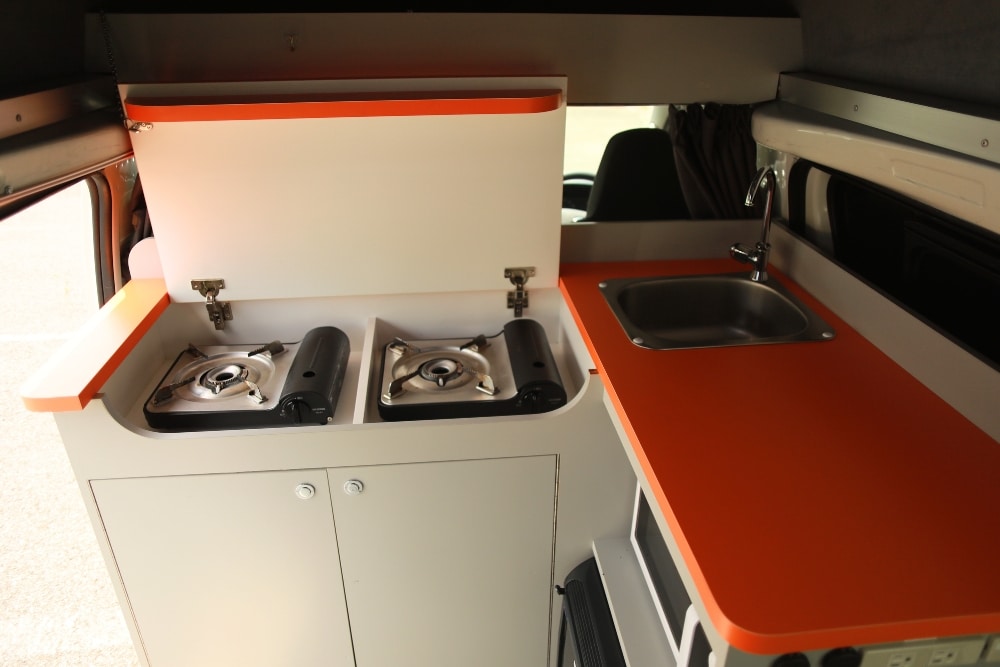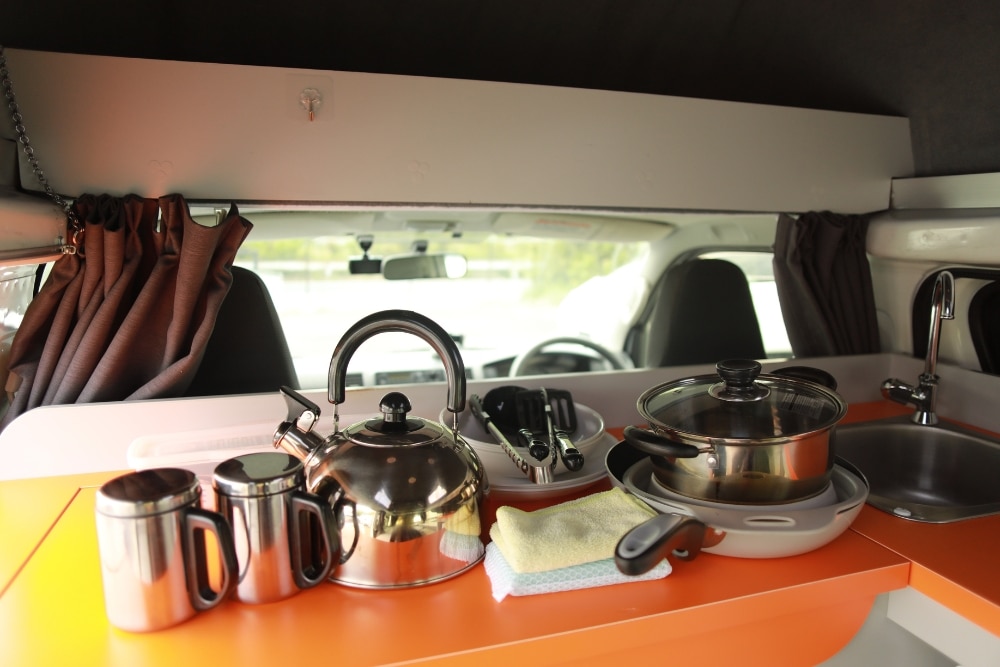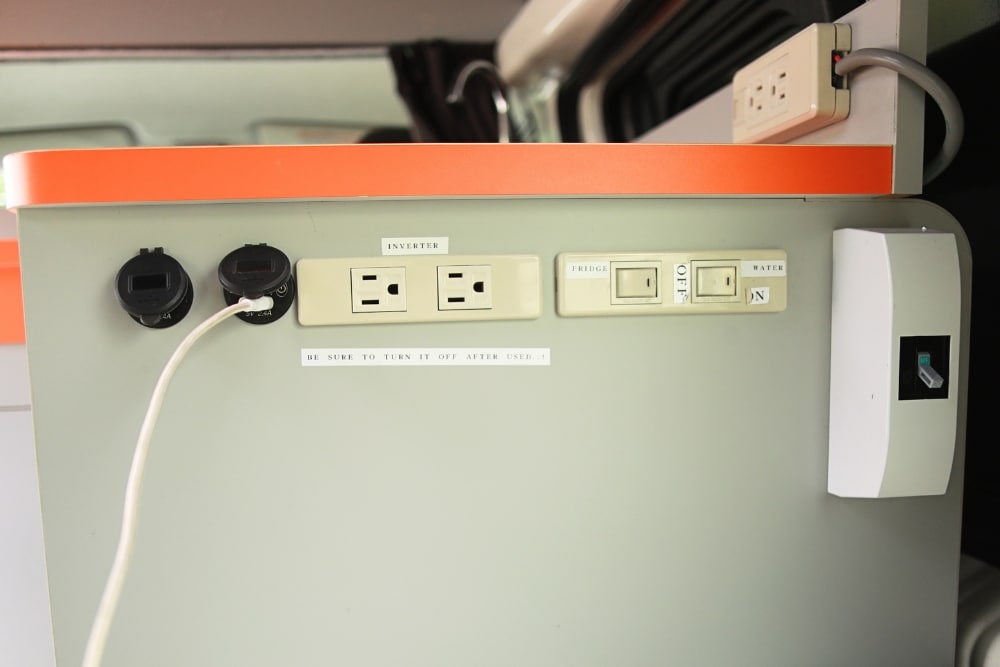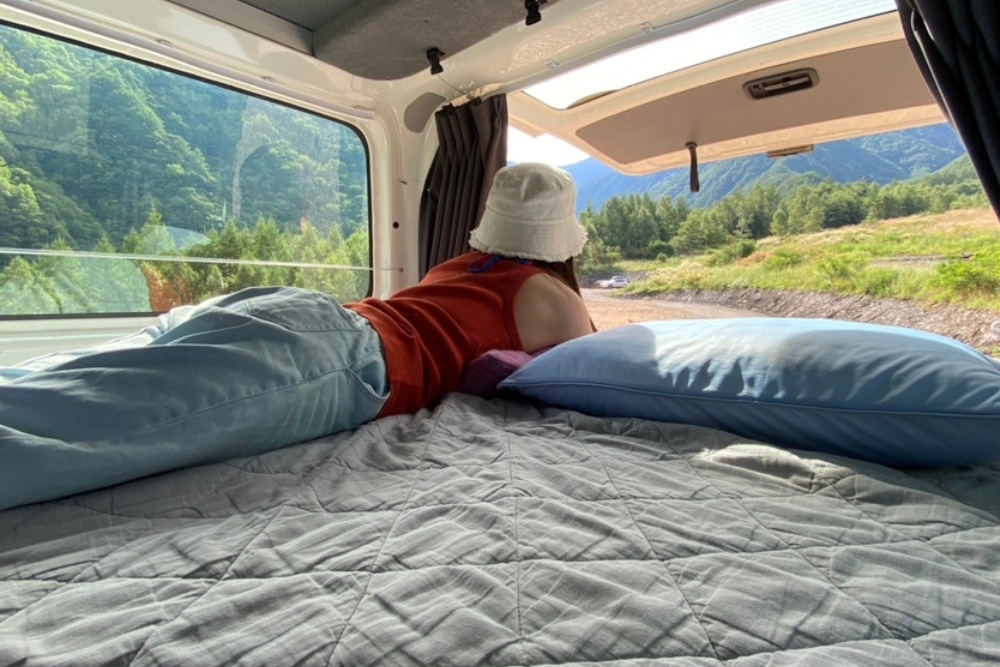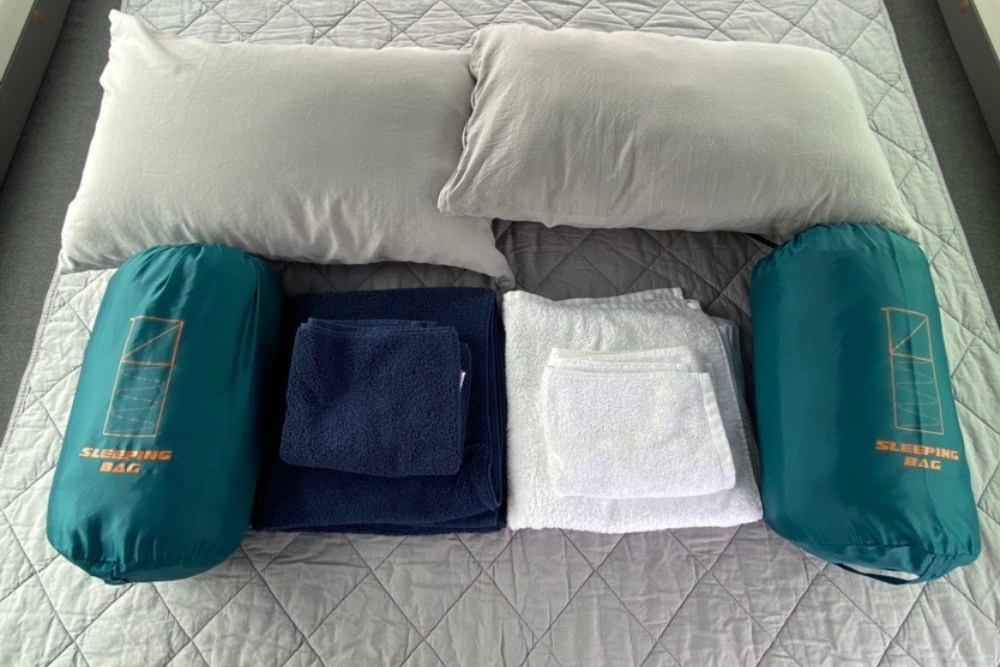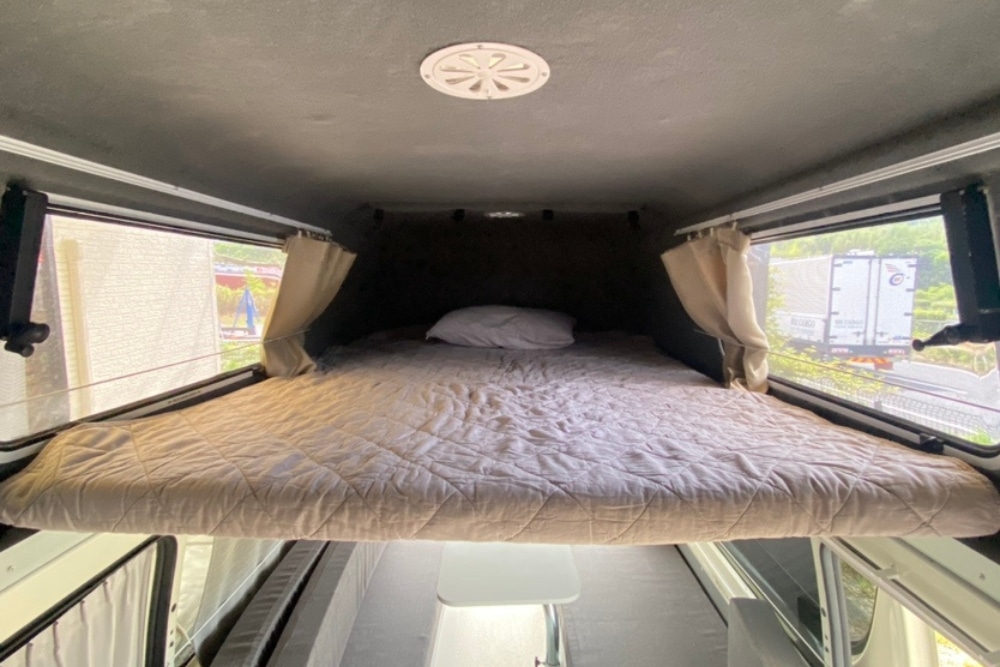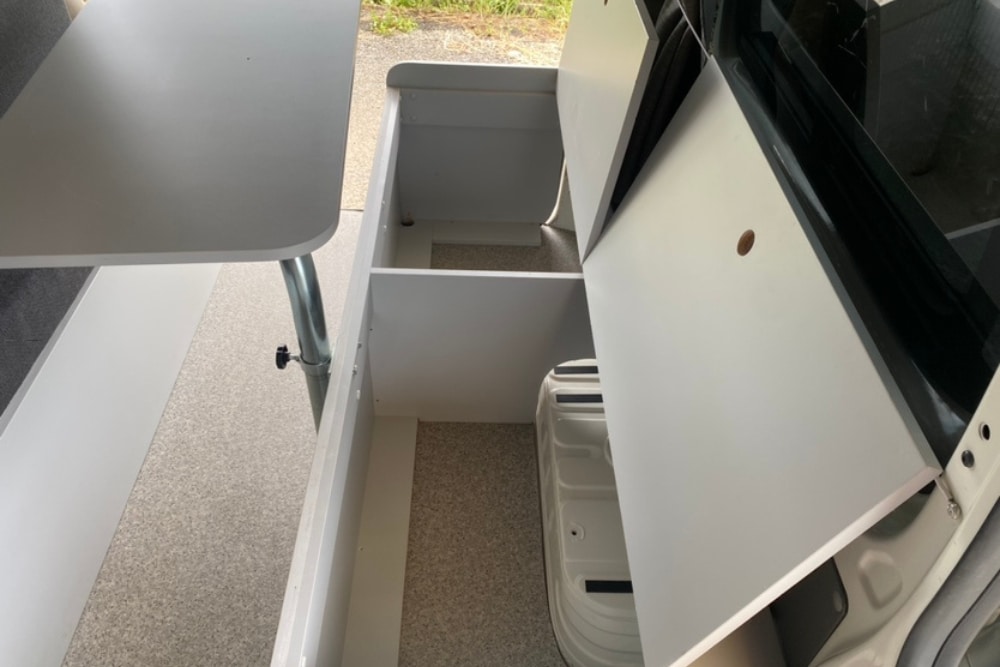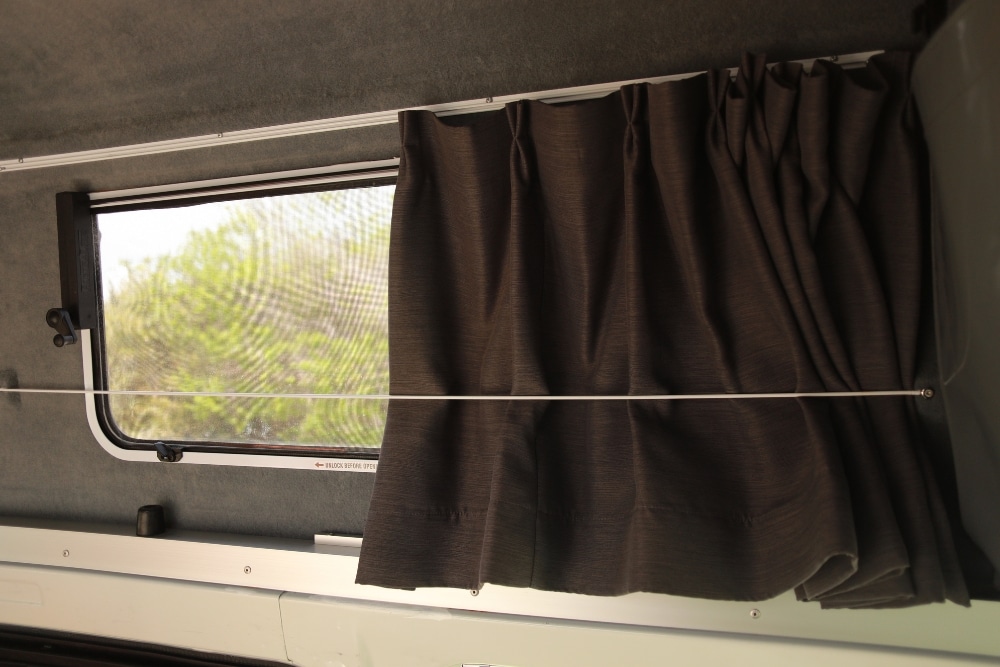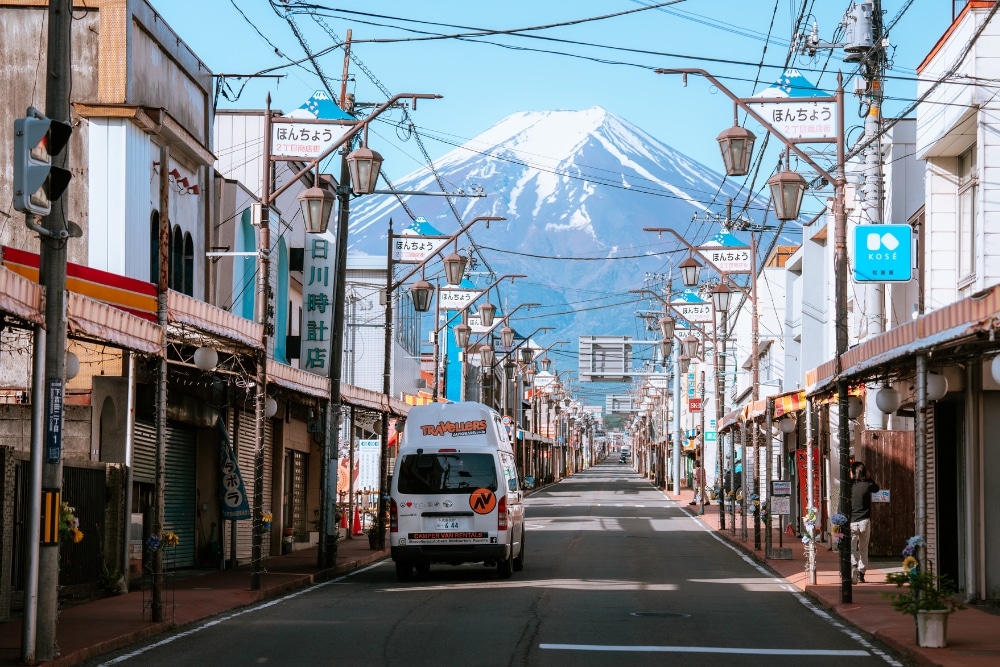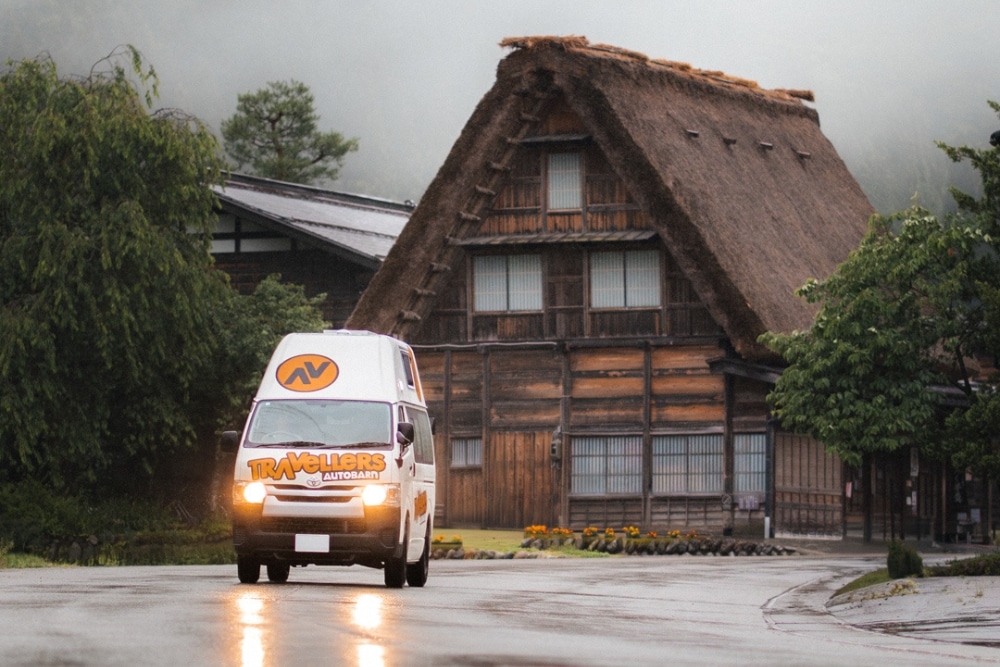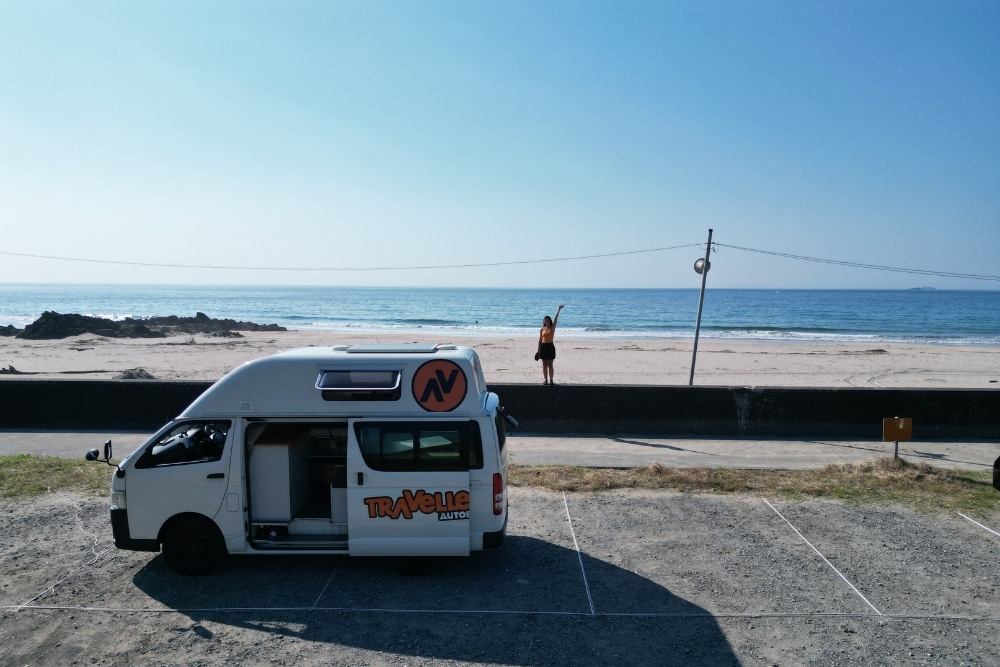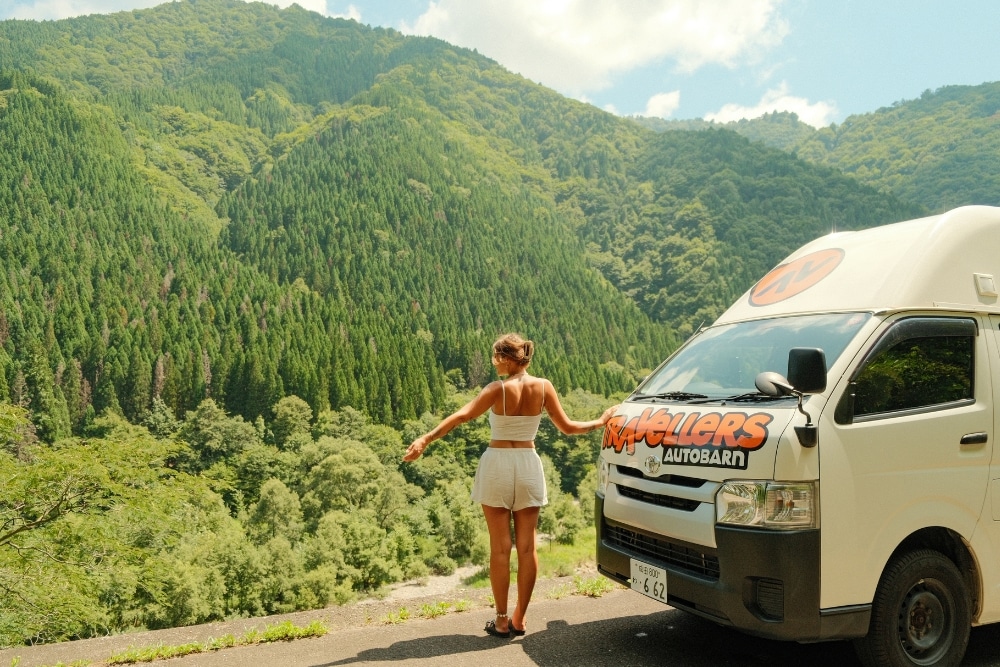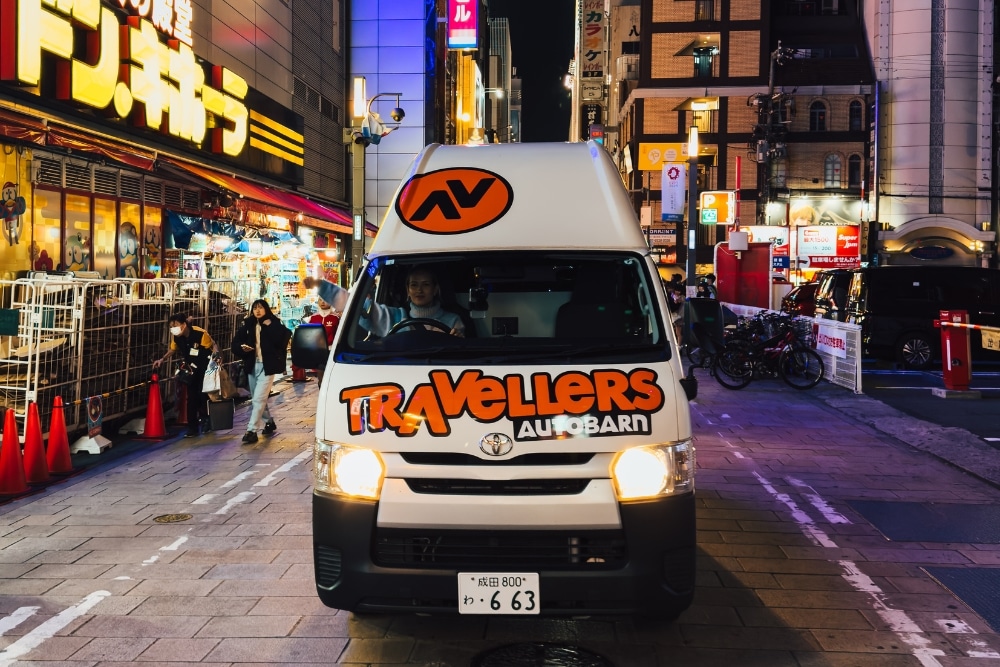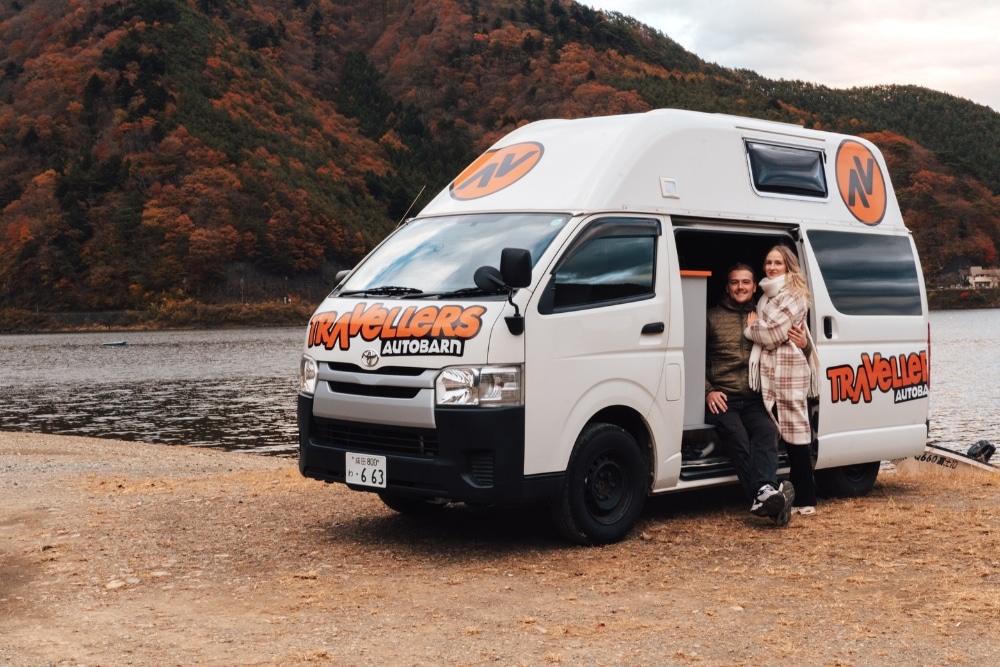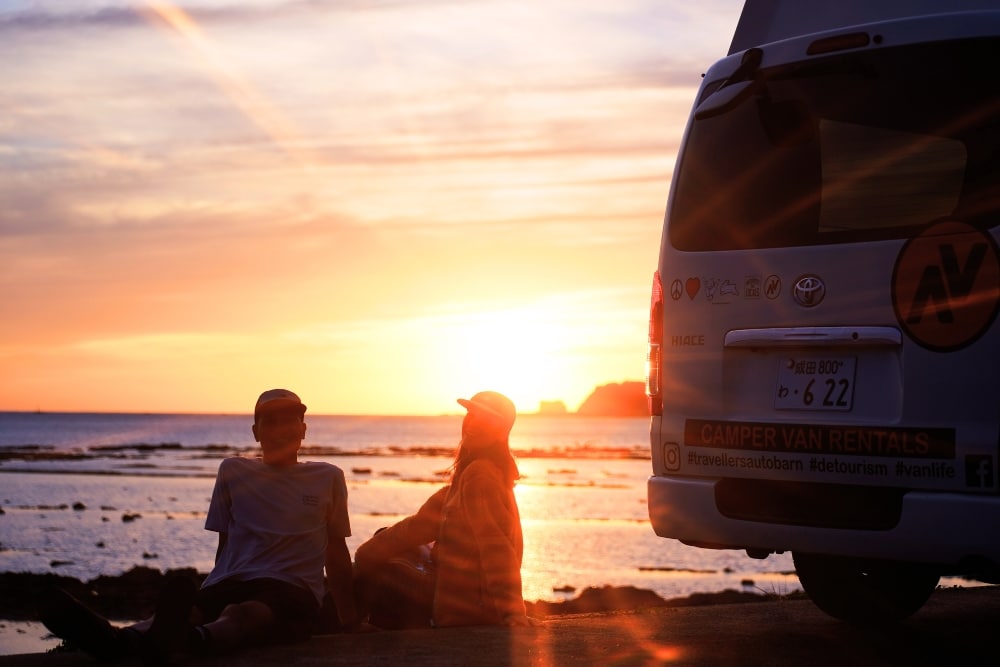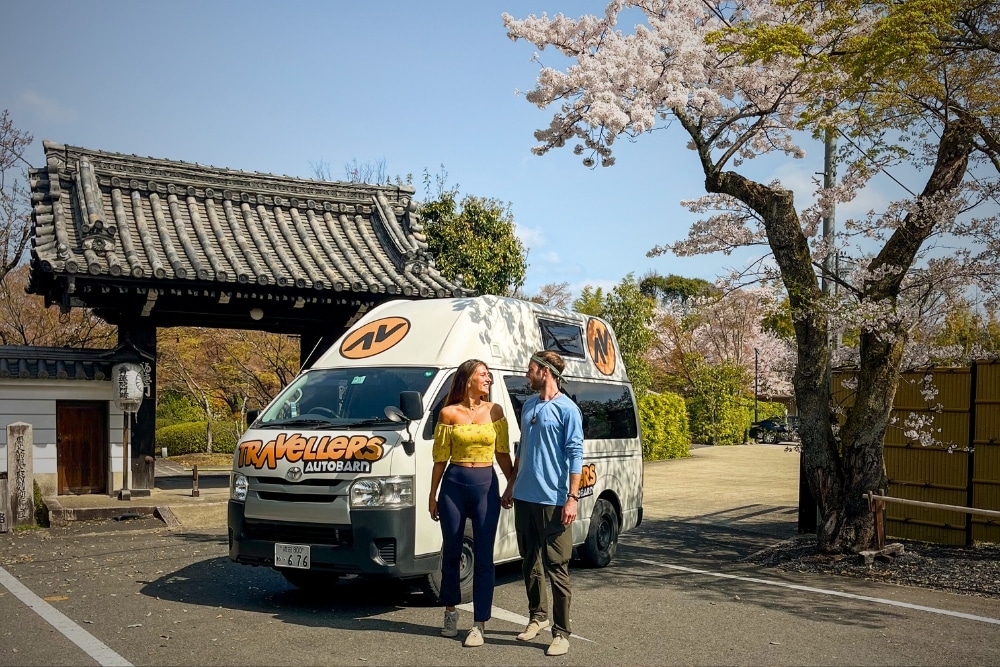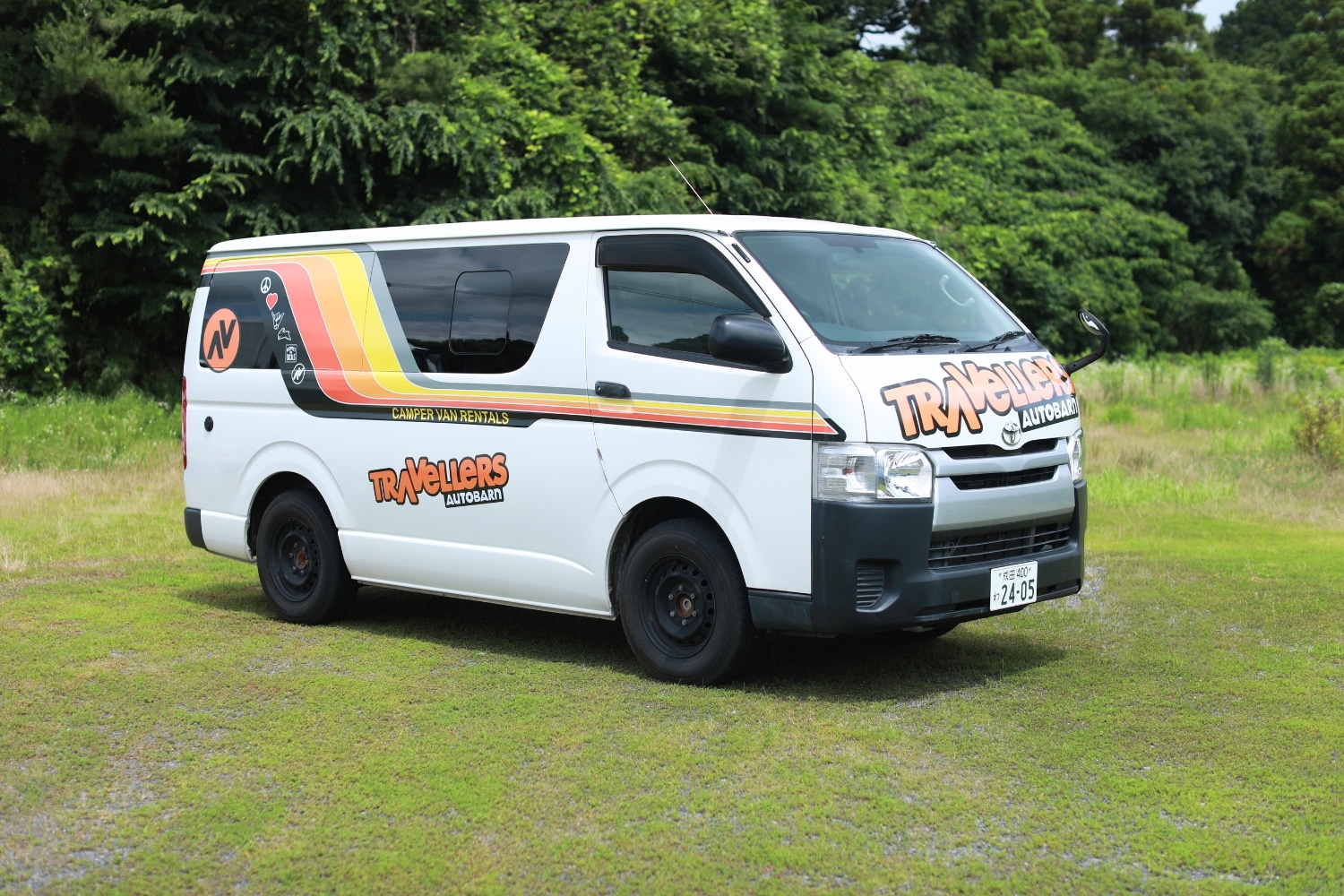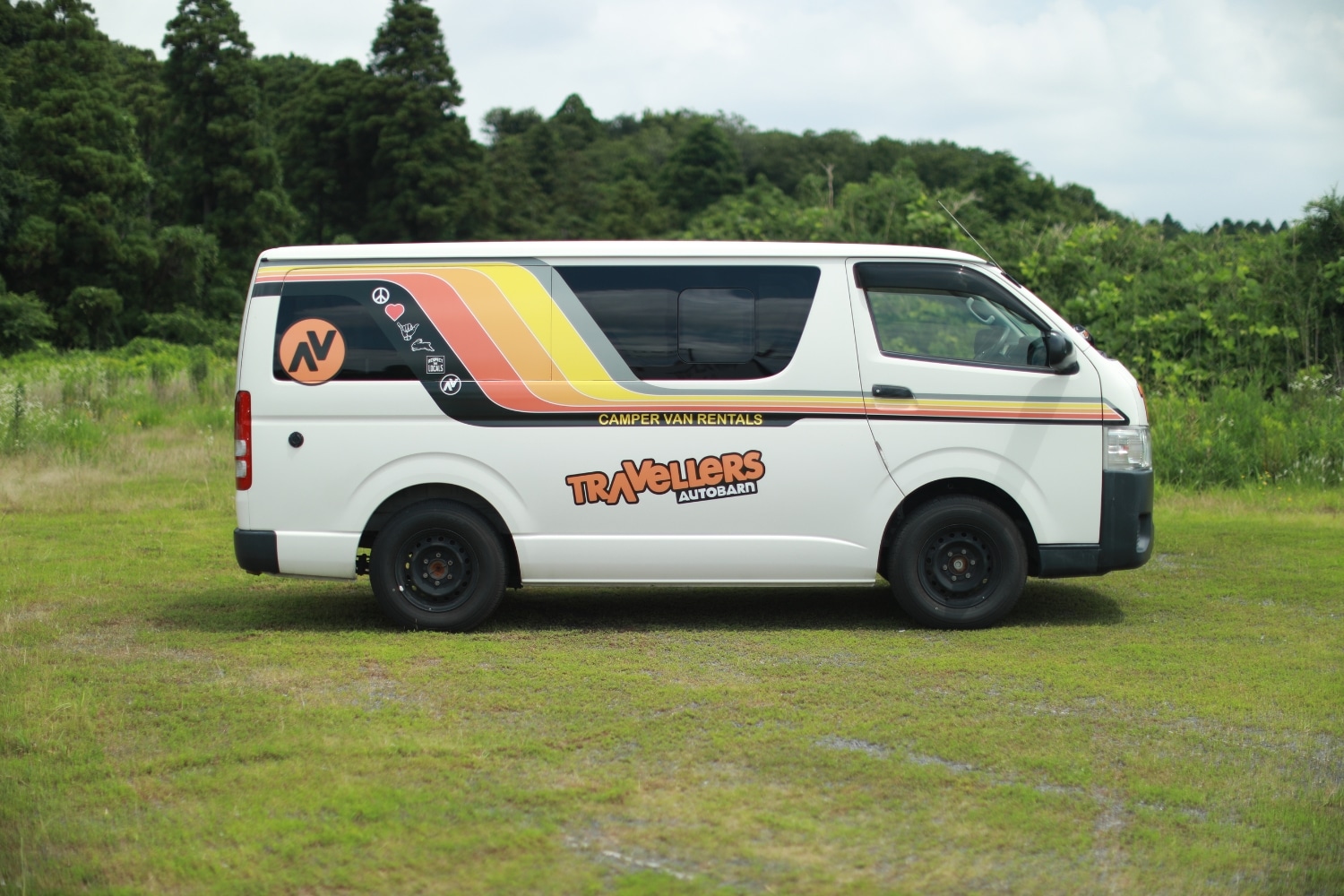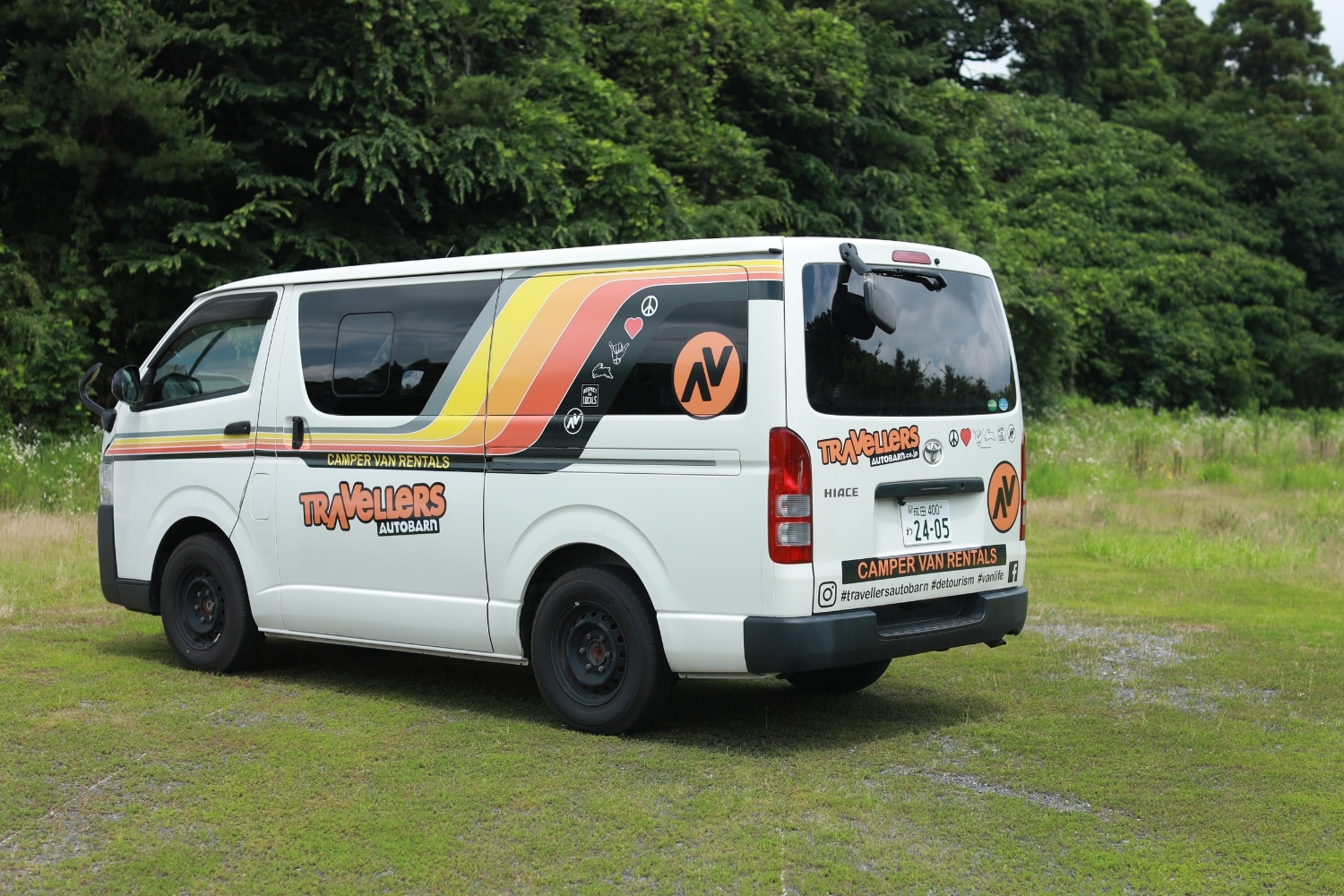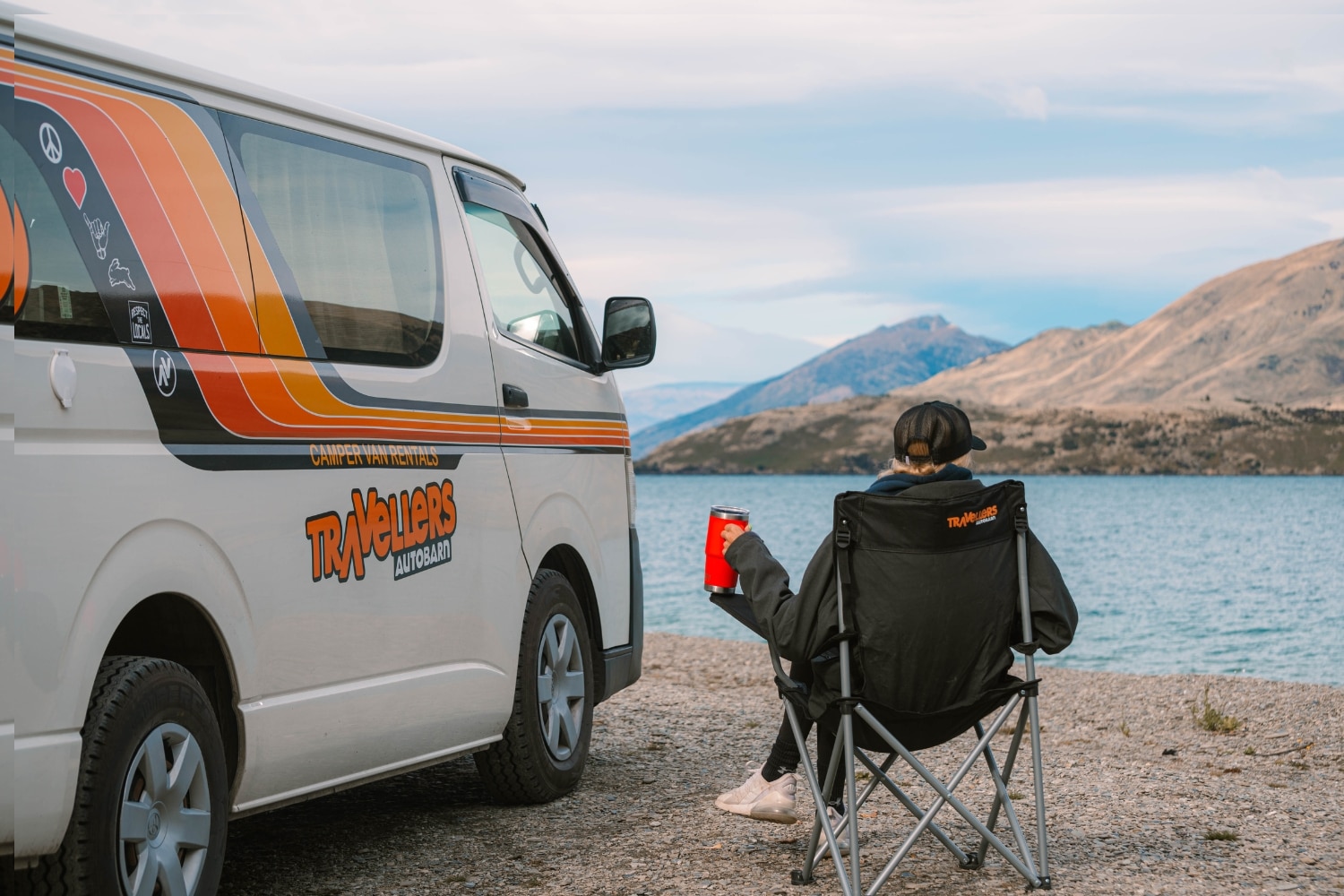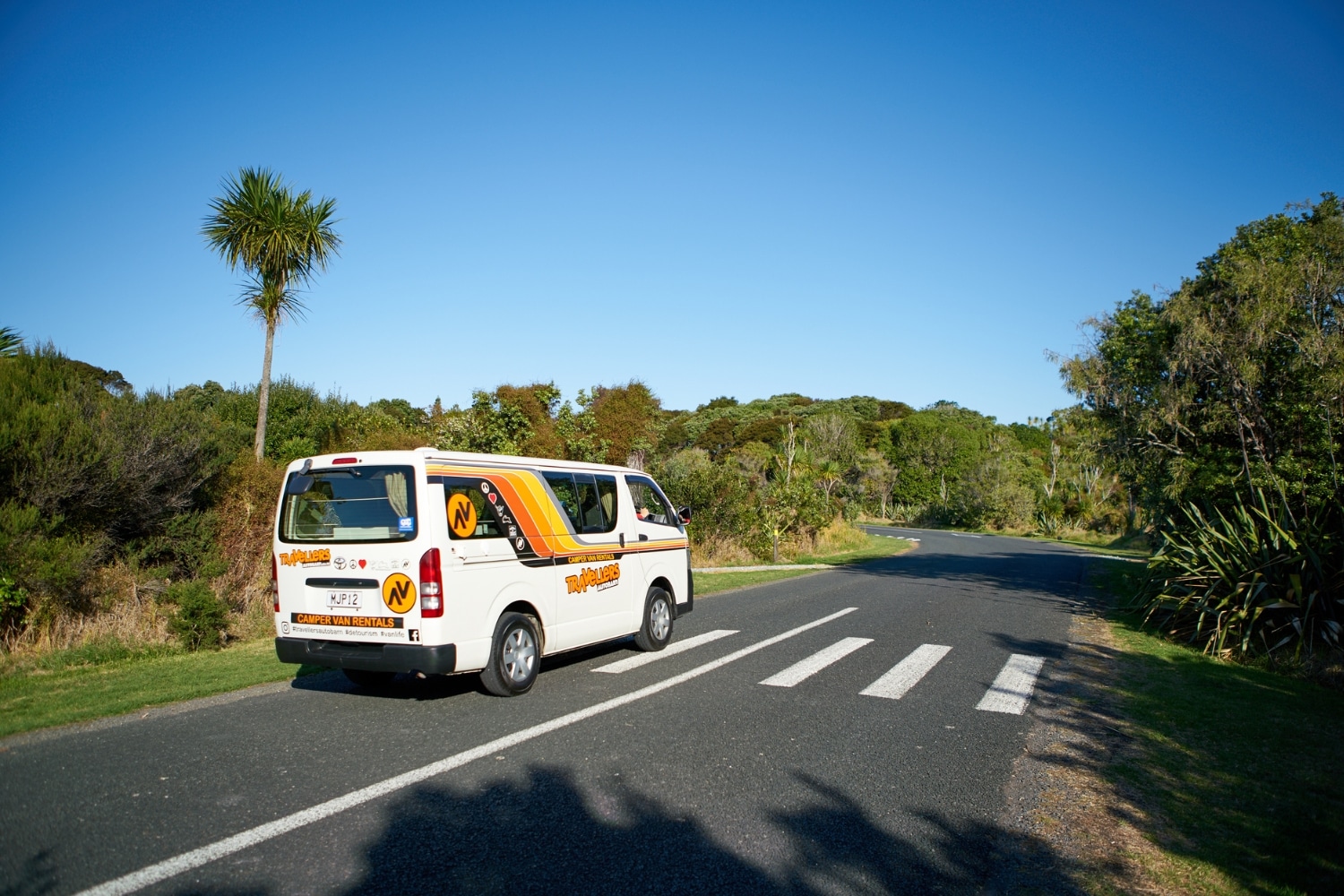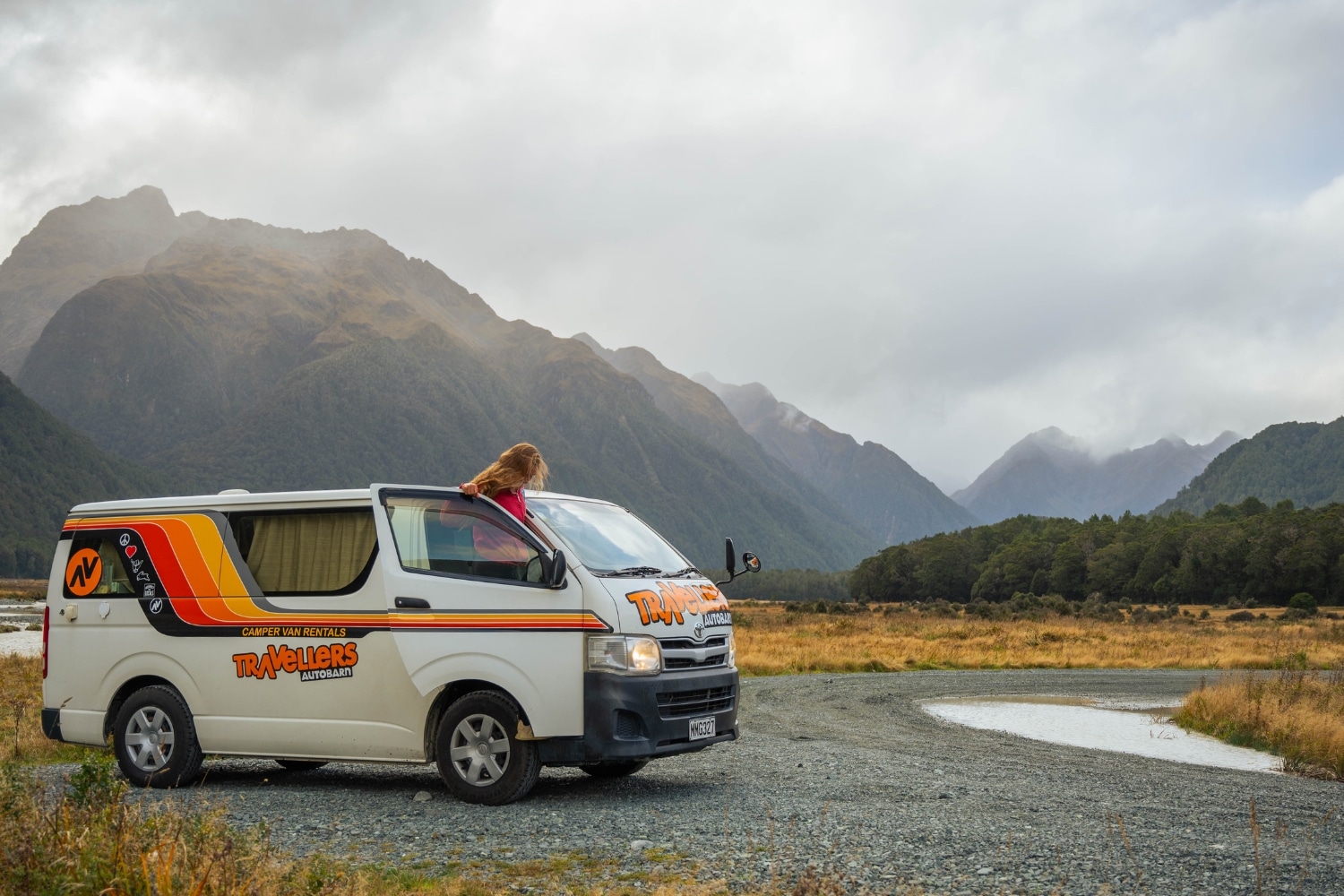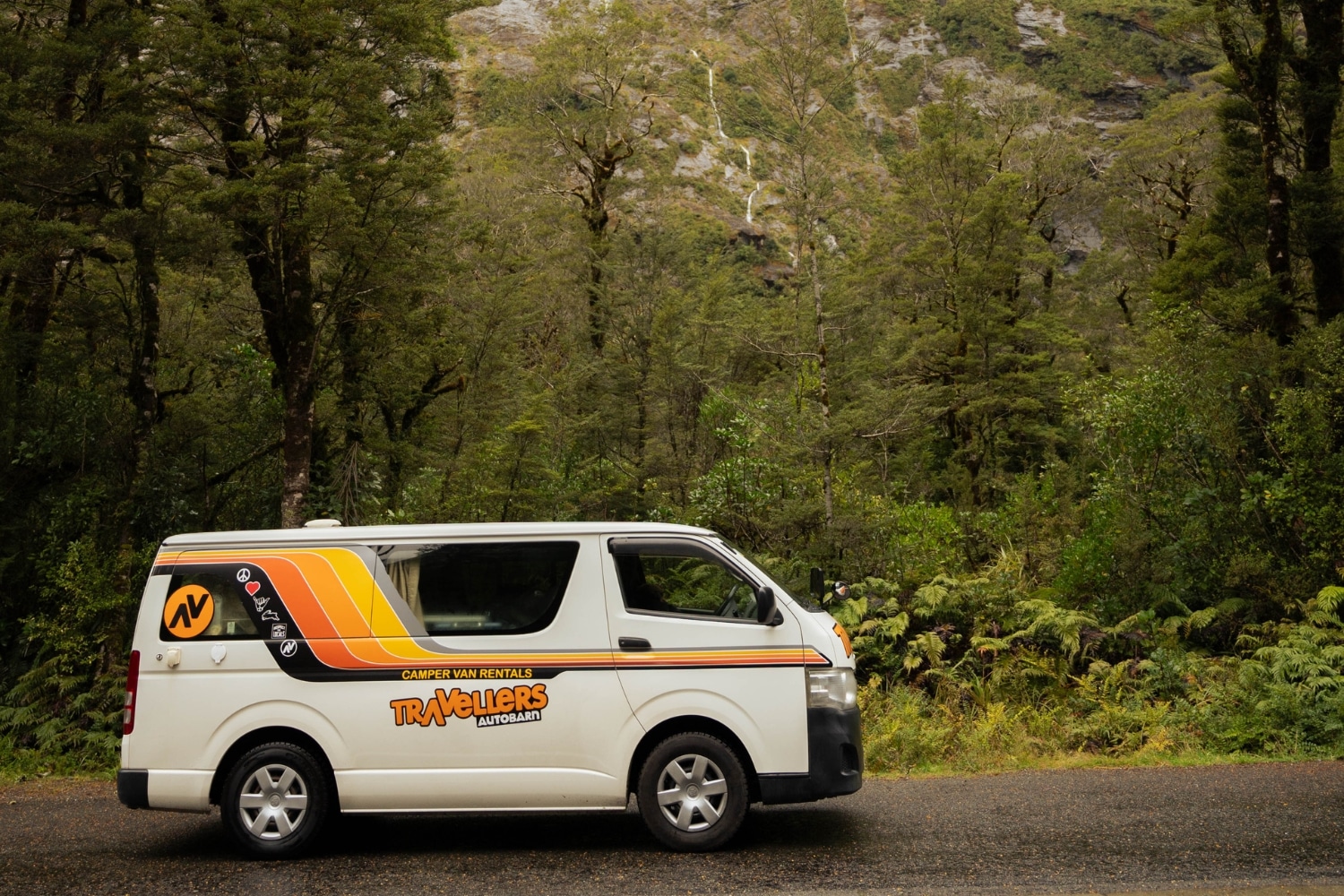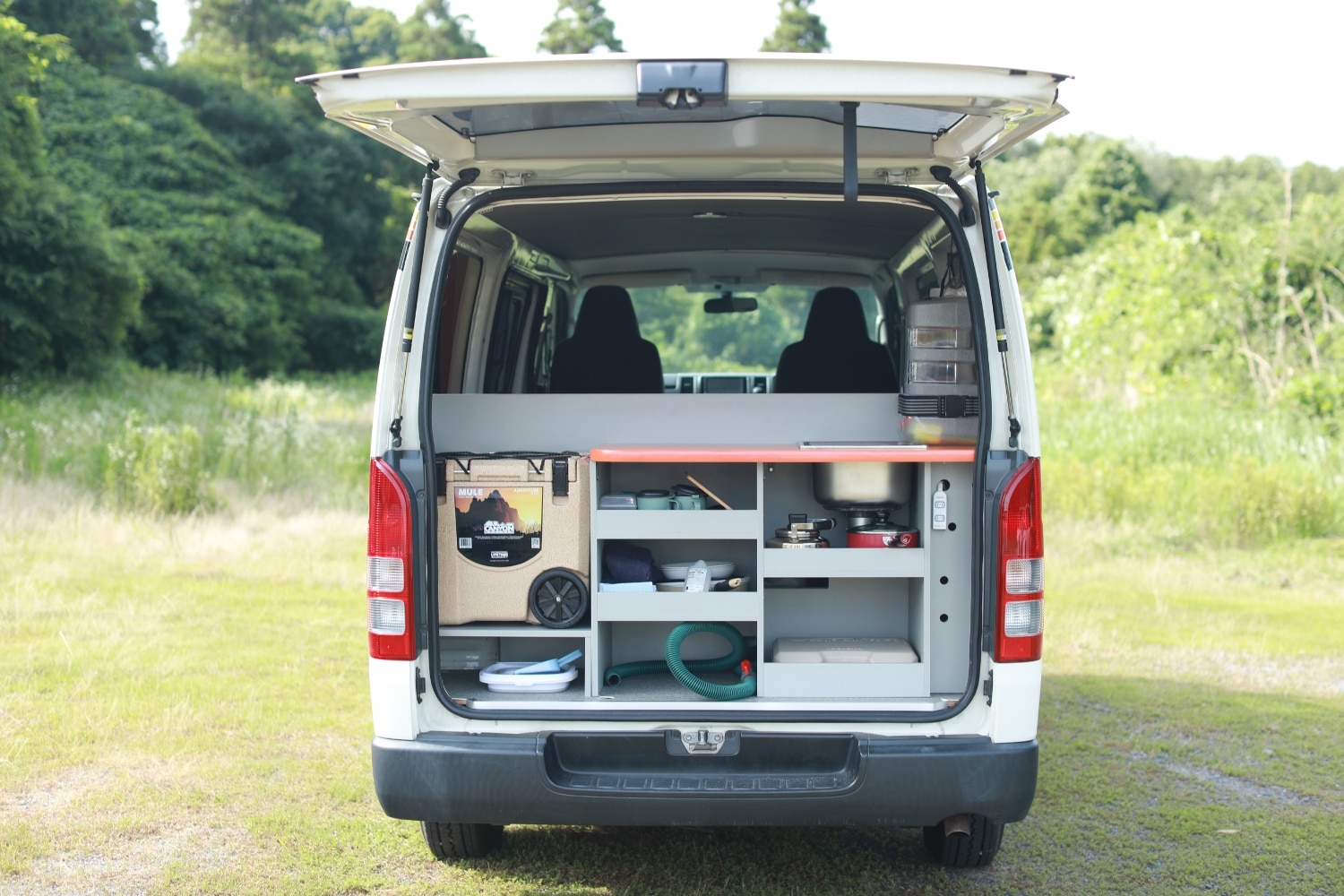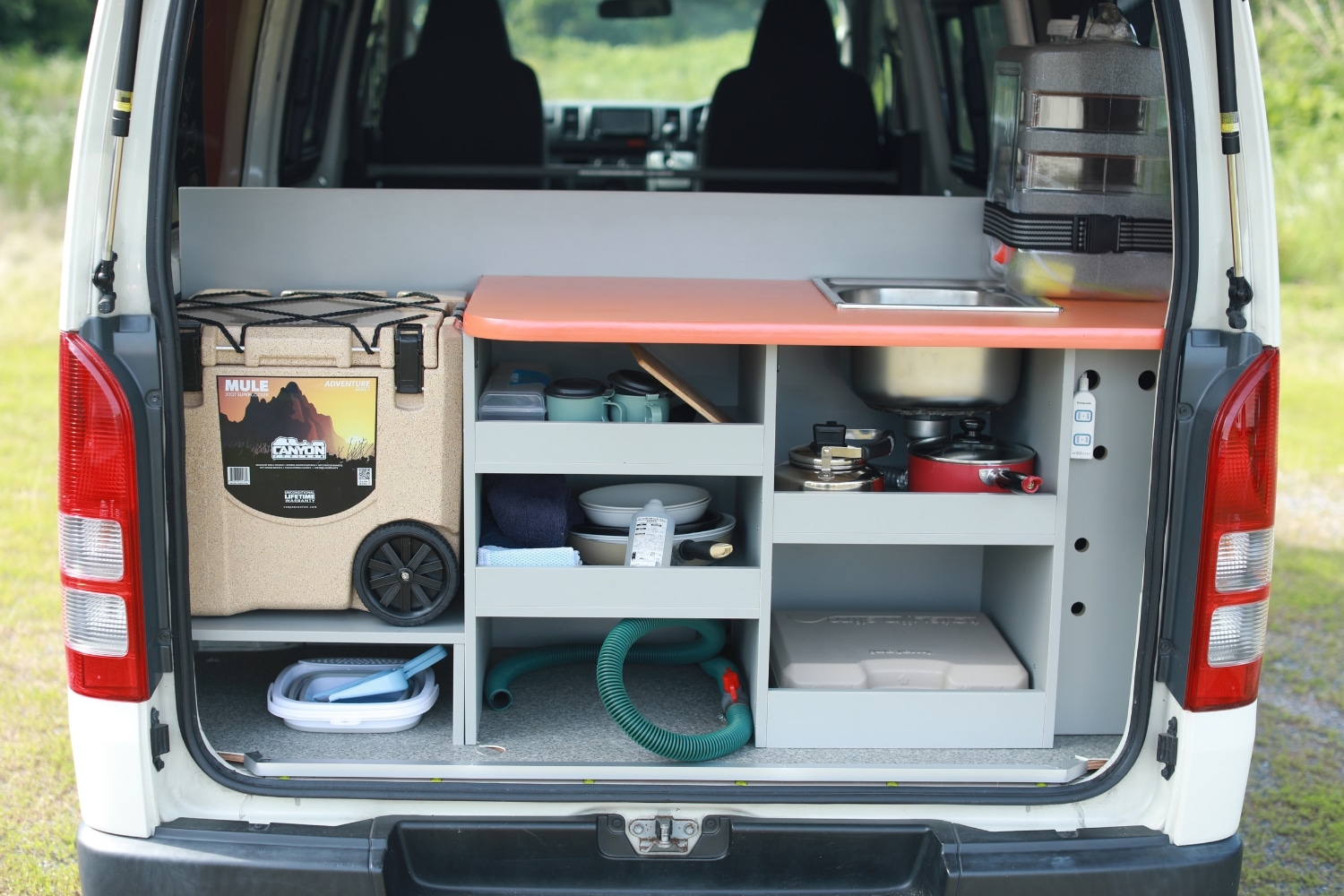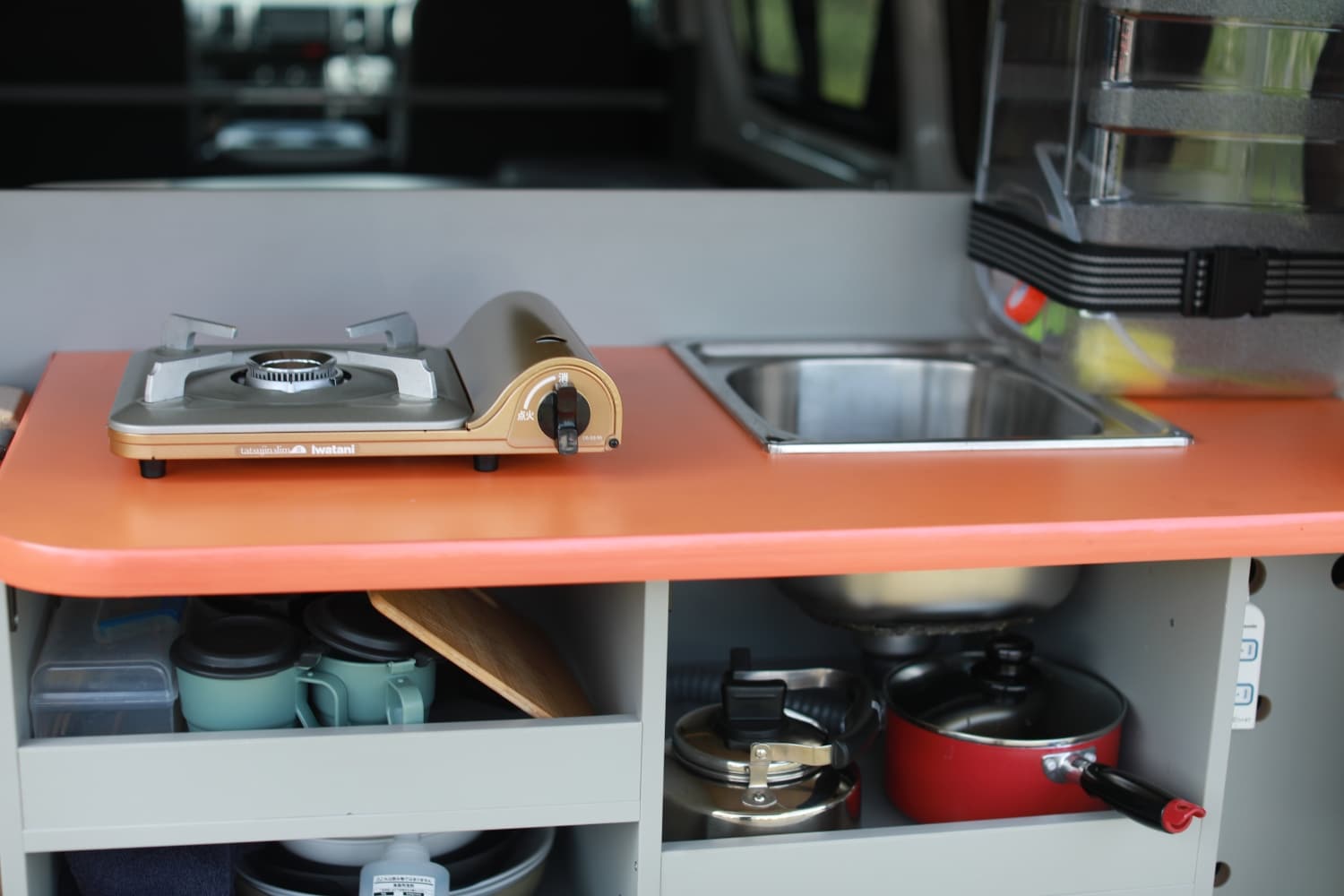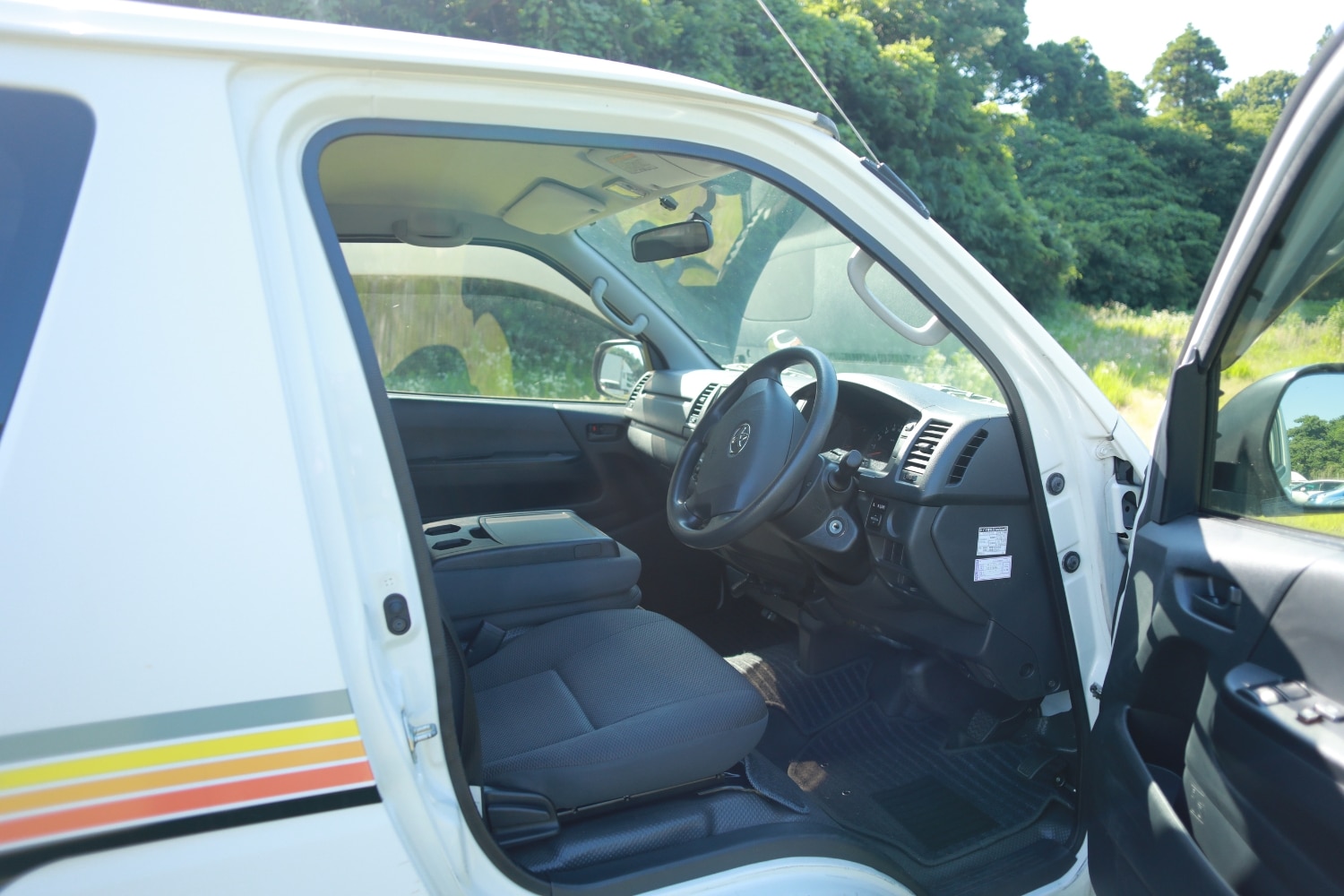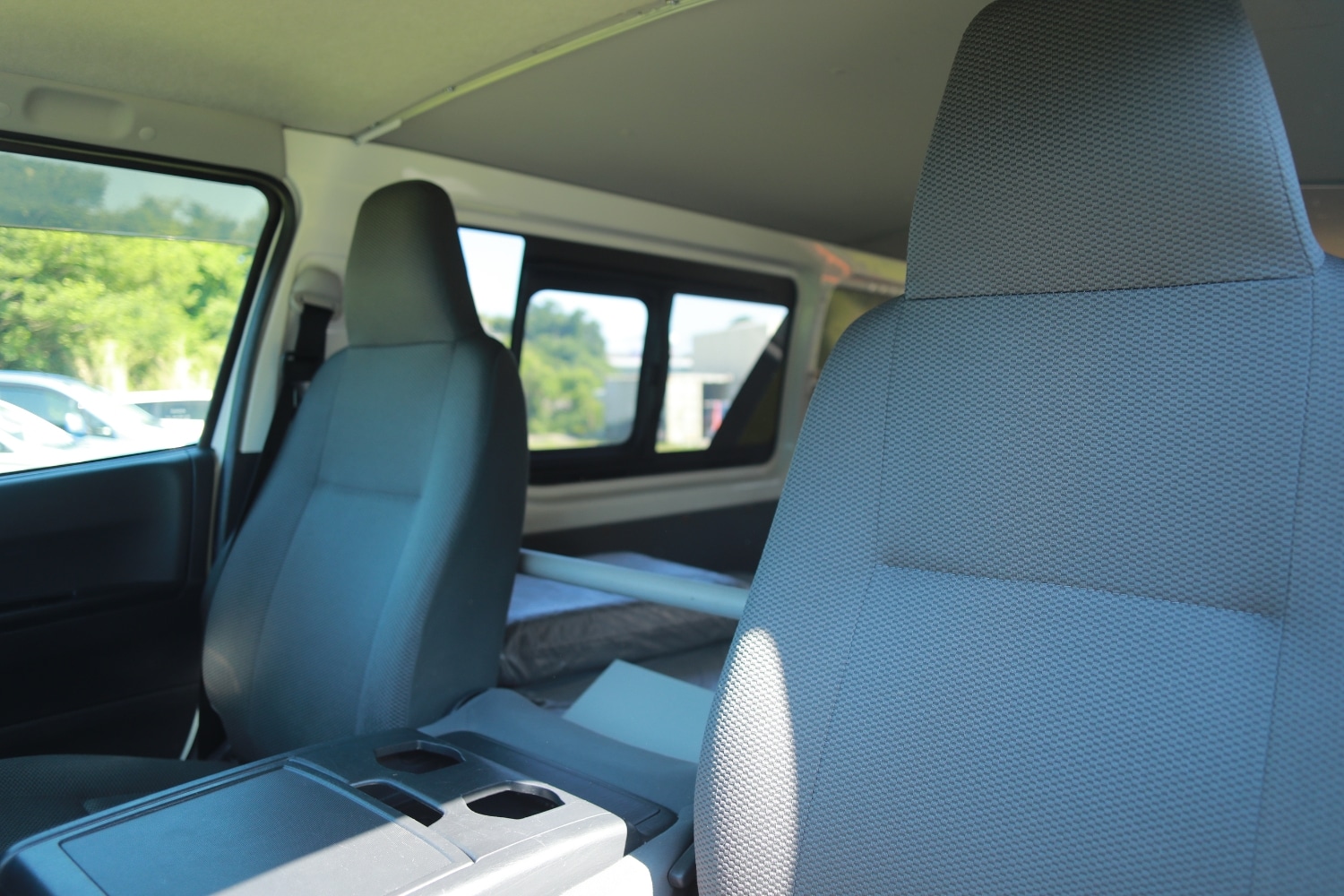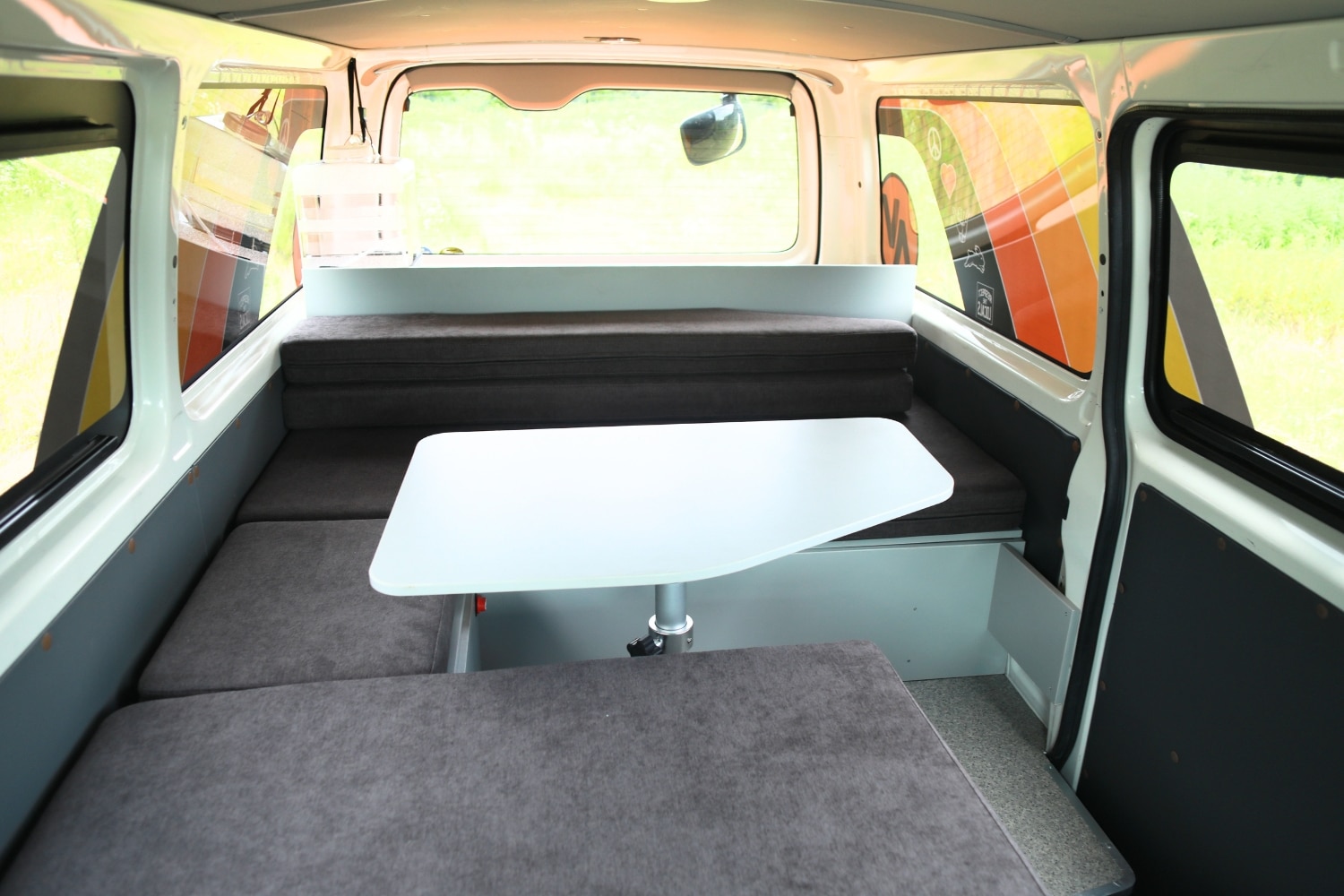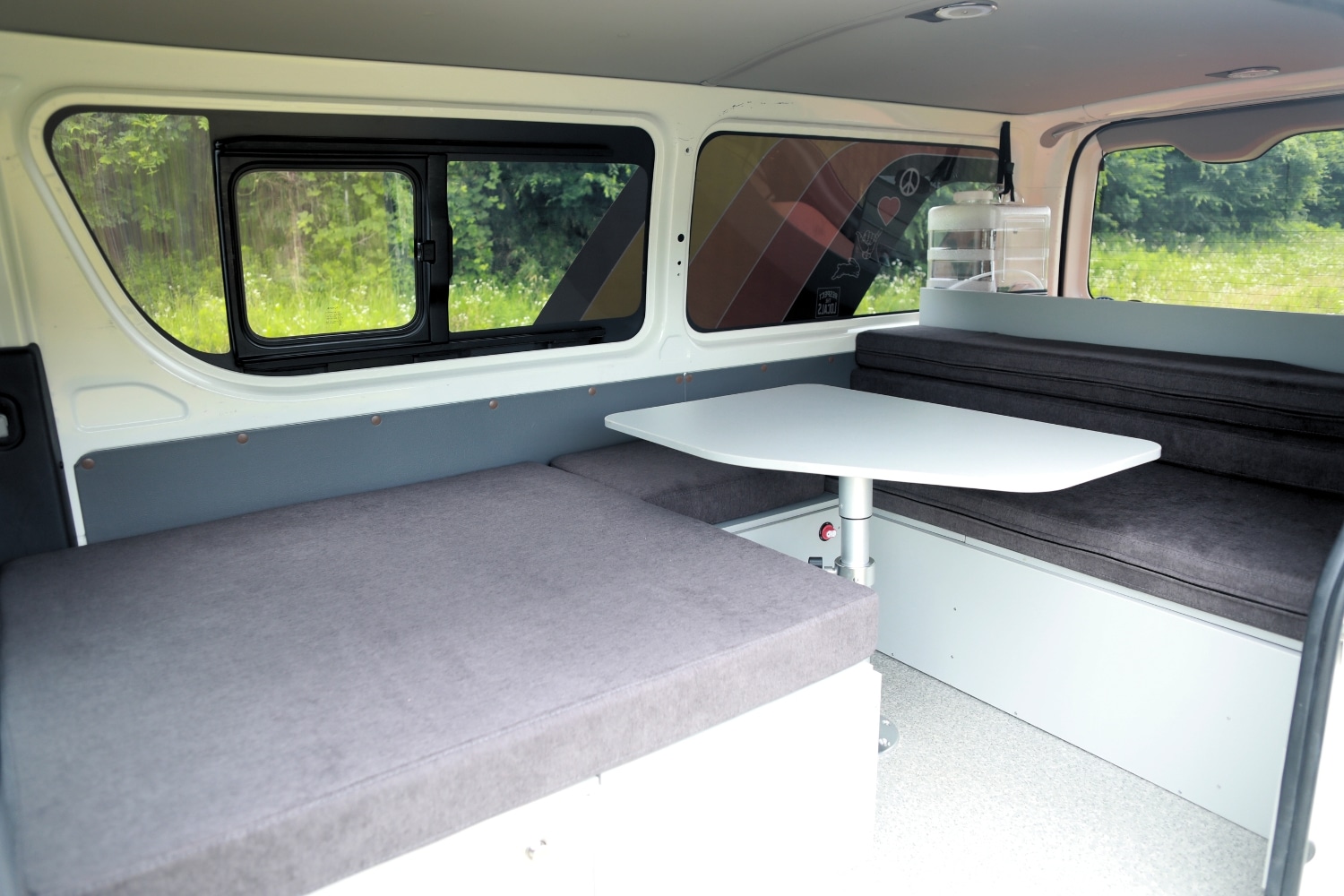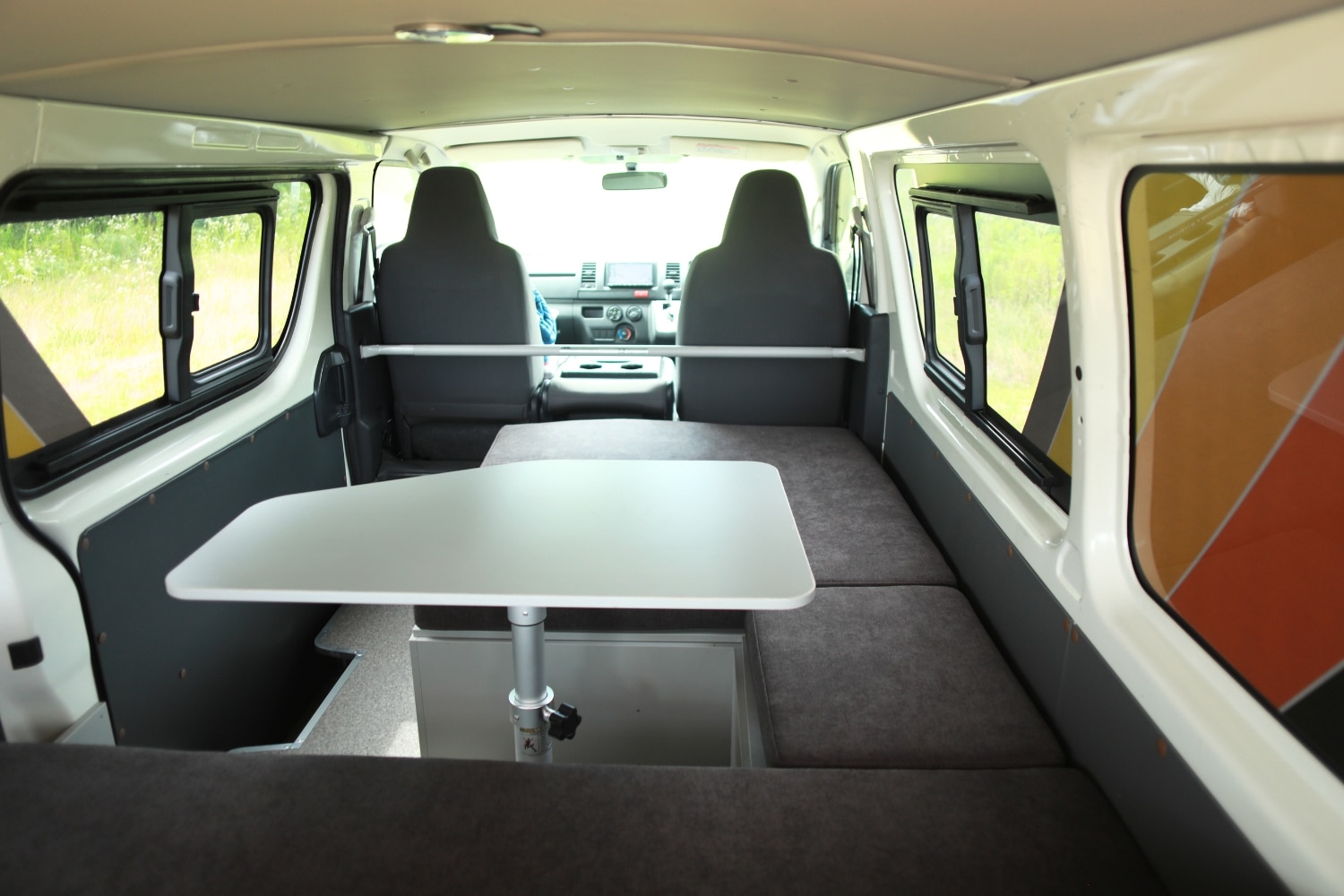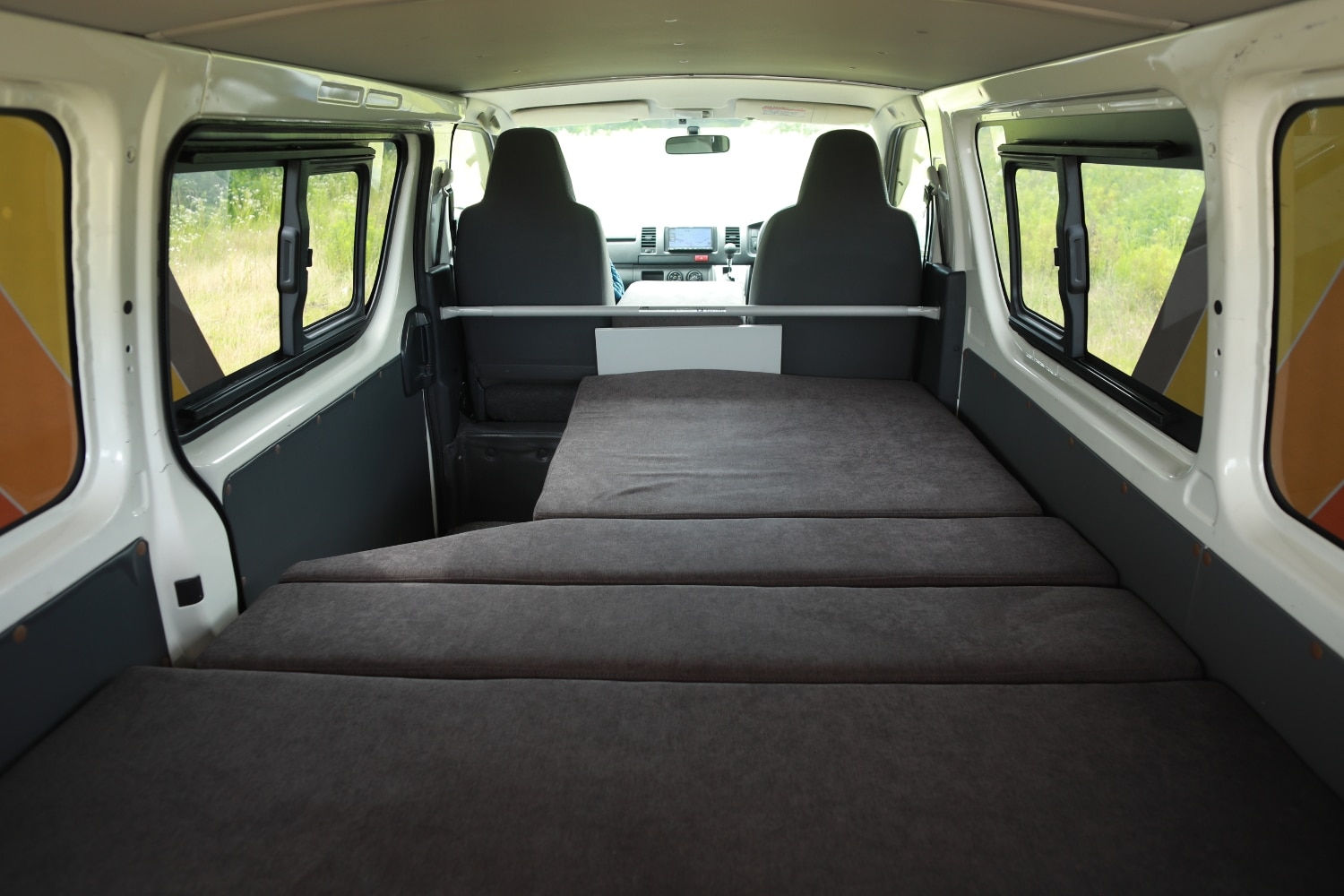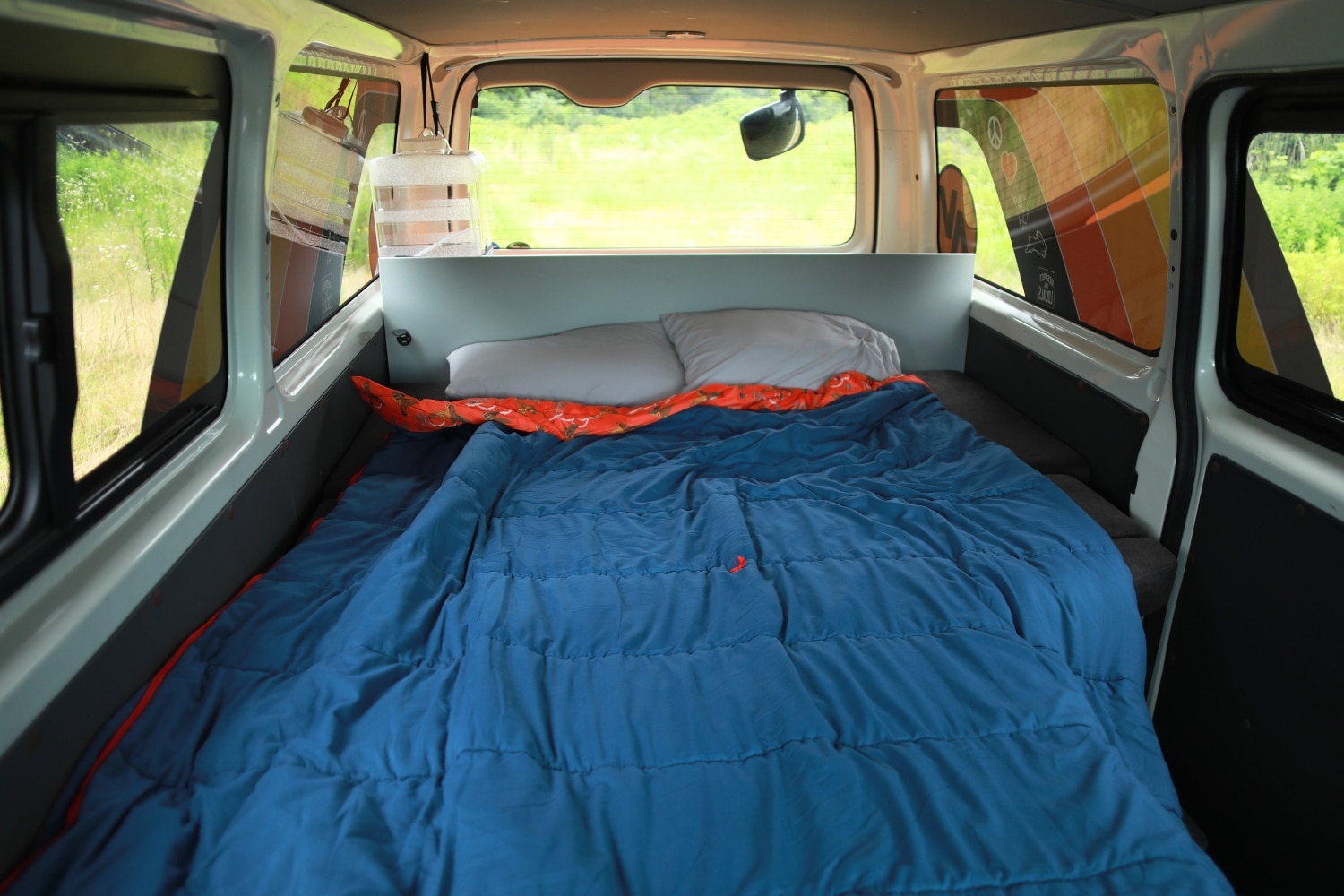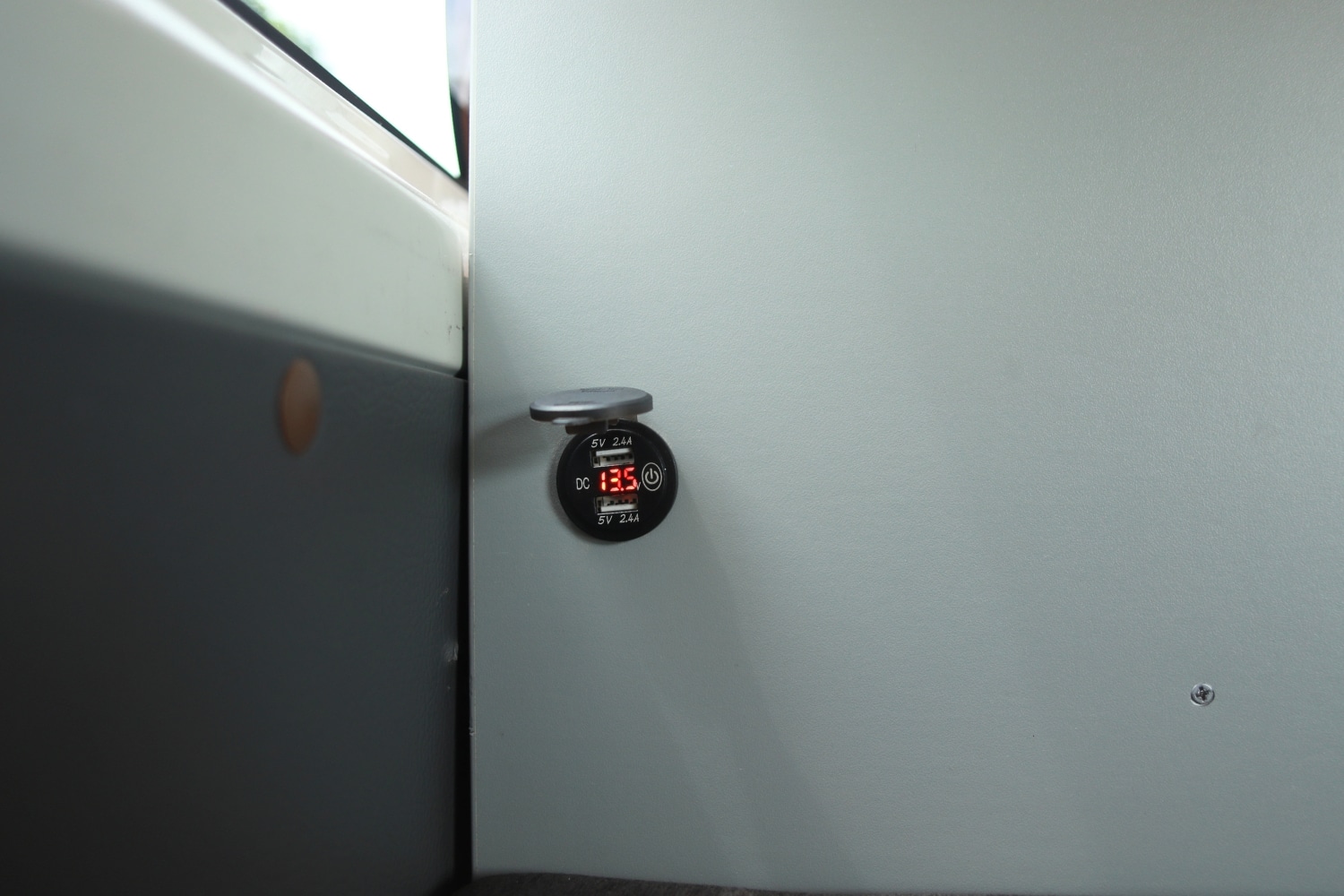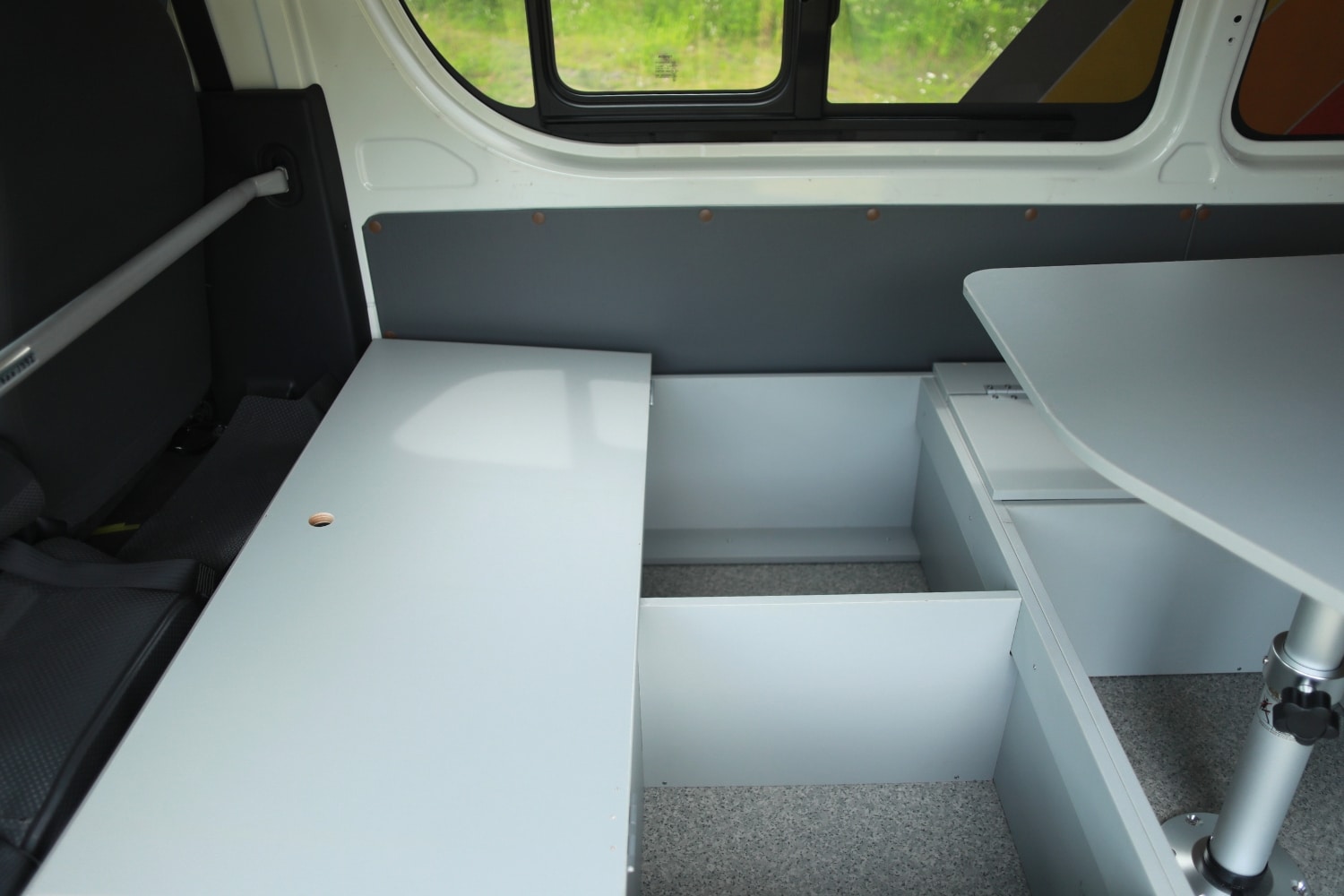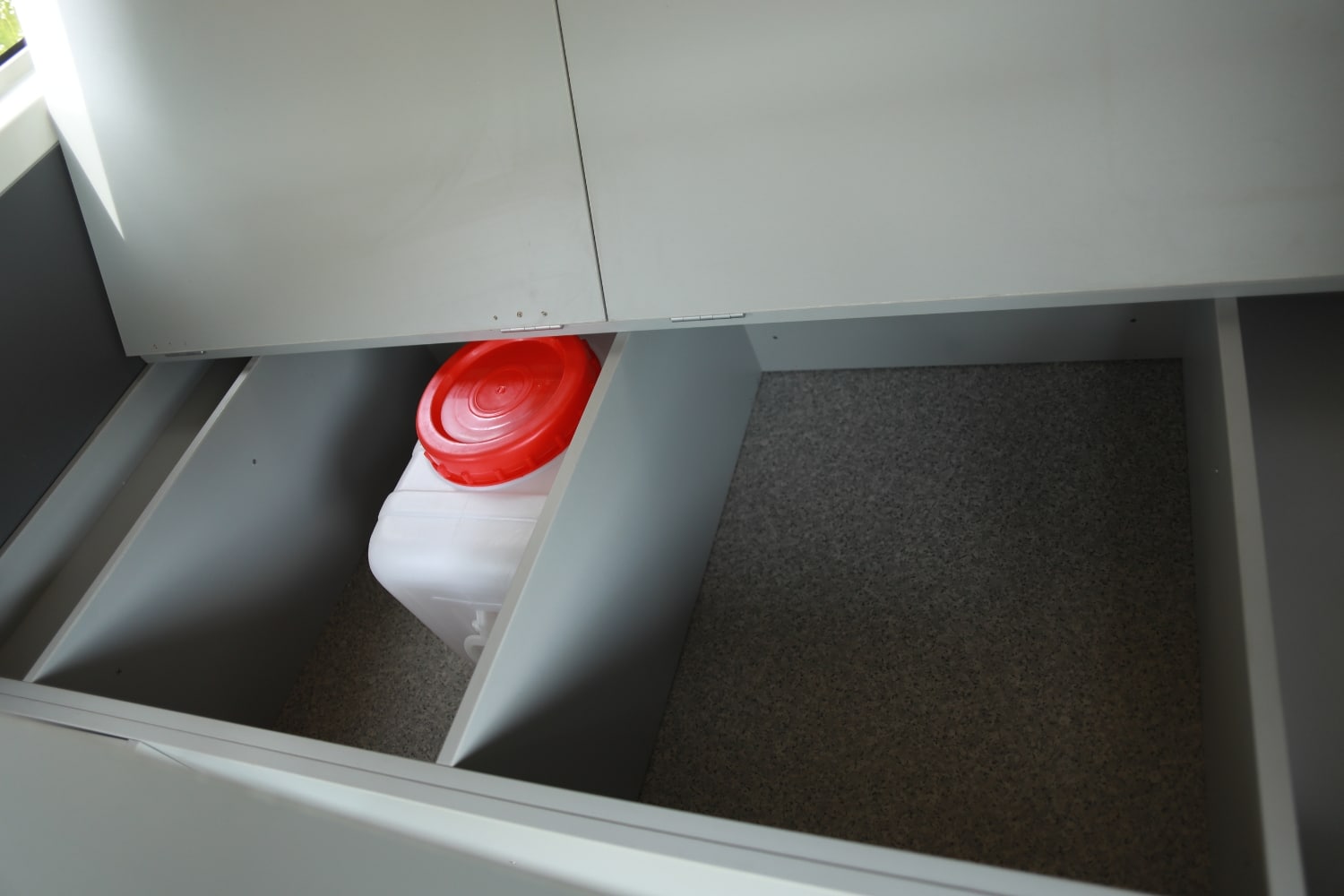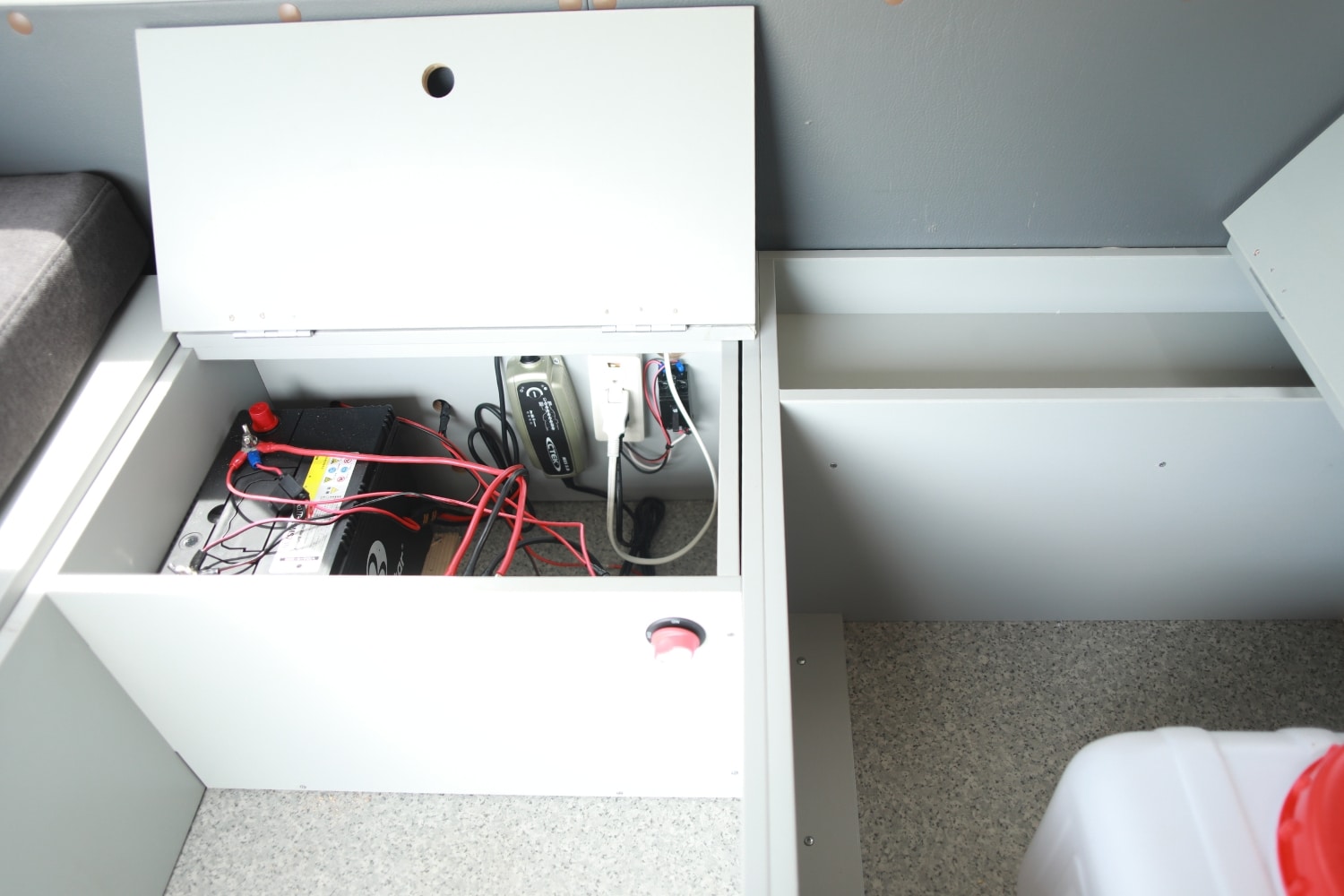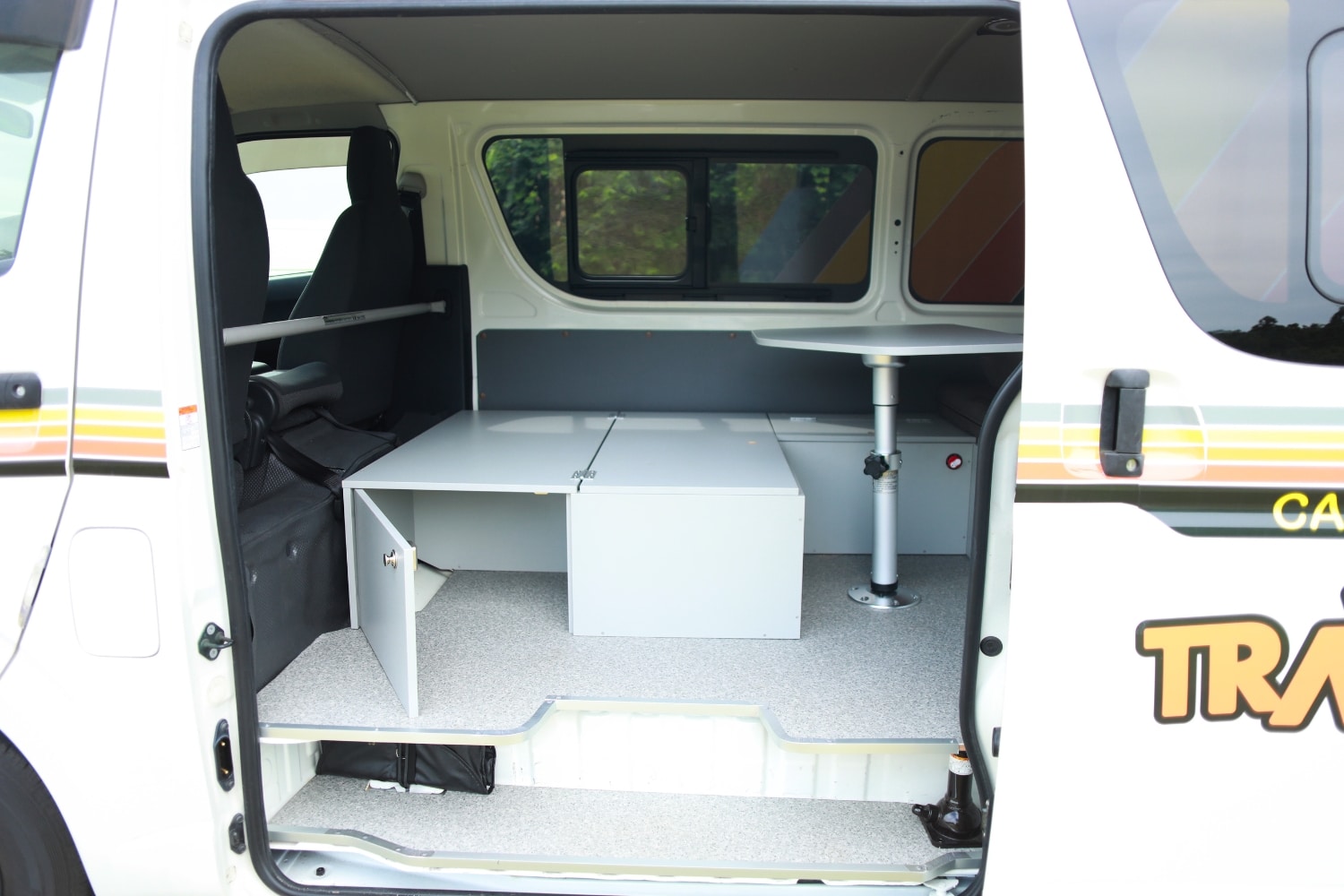Here’s a handy list of essentials for your summer campervan trip:
Ibaraki
Day 1
After picking up your campervan at Travellers Autobarn Tokyo, drive to this beautiful, tranquil spot to relax. It’s a great place to recharge after a long flight. Lake Kasumigaura is Japan’s second largest lake. You can enjoy the outdoors by walking, fishing, kayaking, cycling, picnicking, and boating.
Tennozaki Park
Explore Nikko
Day 2-3
Once rested, head to the Nikko area. Oku-Nikko, a highland region in Nikko National Park at over 1,000 meters elevation, is a popular cool summer retreat.Sightseeing includes lakes and waterfalls like Lake Chuzenji, Kegon Falls, and Lake Yunoko, as well as historical sites in Oku-Nikko, such as Nikko Toshogu Shrine and Futarasan Shrine, both World Heritage sites.
The Nikko area has spacious, easily navigable locations for the Kuga campervan.
●Lake Chūzenji. Japan’s highest natural lake at 1,269 meters, offers a stunning 25-kilometer hiking trail that invites you to soak in its breathtaking views.
●Nikko Edomura Edo Wonderland. Nikko Edomura offers a rich experience for visitors interested in period drama and Japanese history, allowing them to immerse themselves in the Edo period through its architecture, costumes and customs. Visitors can enjoy entertaining samurai and ninja demonstrations of traditional fighting techniques.
Fukushima
Day 4-5
Head northeast to Lake Inawashiro located almost in the center of Fukushima Prefecture. It is the fourth largest lake in Japan in terms of area, and is also one of the few lakes in Japan where you can swim and enjoy the numerous beaches,along with various outdoor water activities.
Tenjinhama Auto Camping Ground
●Goshikinuma Ponds Known for its mysterious color-changing water, Goshiki-Numa displays blue, green, gray, and emerald hues depending on the light and weather.
●Tsuruga Castle, located in the city of Aizuwakamatsu west of Lake Inawashiro, is steeped in samurai history. In the late 19th century, it served as a vital base for the Aizu clan during the Aizu War, a significant battle in the Boshin War (1868) against new government forces.
●Jōdodaira Marshland offers a unique blend of natural beauty, diverse ecosystems, and tranquility. this enchanting marsh is sure to leave a lasting impression.
Miyagi
Day6-7
After exploring Fukushima Prefecture, continue northeast to Miyagi Prefecture. In Miyagi, visit Matsushima Bay, which is dotted with some 260 islands, making it one of Japan’s most famous scenic spots. Visitors can take a sightseeing boat to enjoy the islands and rock formations up close.
Various festivals are held in Matsushima in summer, and the coastal fireworks festival is especially popular.
●Zuiganji TempleZuiganji Temple is one of the most prominent and important Zen temples in the Tohoku region,known for its beautifully gilded fusuma (sliding doors). Founded in 828 as a Tendai sect temple, the temple was converted to Zen during the Kamakura period (1192-1333).
Iwate
Day 8-9
An hour drive from Matsushima Bay is a world heritage site,
Chuson-ji Konjikido. Its design harmonizes with the natural environment and enhances its cultural significance. The site was inscribed on the World Heritage List in 1993 for its universal value, historical significance, and architectural excellence.
●Oname-Motome Mud Volcano Located to the west of Mount Hachimantai, there is a remarkable destination that has compared to the stunning Yosemite National Park. This enchanting area is alive with nature, as onsen water flows from the earth, forming a captivating landscape.
●Jodogahama
Summer is the perfect time to visit Jodogahama, a marine paradise in Miyako City, located within Sanriku Fuko National Park and Geopark in Iwate. The beach features clear waters, gentle waves, and unique white meteorite rocks. The contrast of green pines, white rocks, and blue sea is stunning.
Aomori
Day 10-12
Finally, you’ve arrived at Aomori, the northernmost of Honshu.
Lake Towada, Japan’s only double caldera lake and the third deepest, is located at 400 meters elevation. Its water, naturally filtered through volcanic rock, is known for its clarity and is used to produce award-winning local sake. Visitors can enjoy boating and canoeing, explore the lakeside, or drive to higher elevations for scenic views from the observation decks.
Utarube Camping Ground
●Oirase-keiryū gorge
Oirase Keiryu is a 14-kilometer mountain gorge in which flows the Oirase Stream, the only outlet for Lake Towada. It has beautiful scenery, including several waterfalls and there are well-maintained trails along the river, making it an attractive spot for photography enthusiasts.
●Mt. Hakkoda is a captivating tourist destination known for its stunning mountain scenery, seasonal beauty, and outdoor activities. The main peak, “Oodake,” boasts a height of 1,585 meters, and together with “Takataodake” and “Idodake,” is one of the representative mountains of Hakkoda. Visitors can also relax at local hot springs like Motoyu Sarukura Onsen or Yachi Onsen after outdoor adventures.
●Shiriyazaki Lighthouse located in Higashidori Village. This historic lighthouse, over 120 years old, is Japan’s tallest brick lighthouse. Surrounding the lighthouse, you’ll find lush pastures where the unique Kandachime horses graze.
*Distances are approximate.
